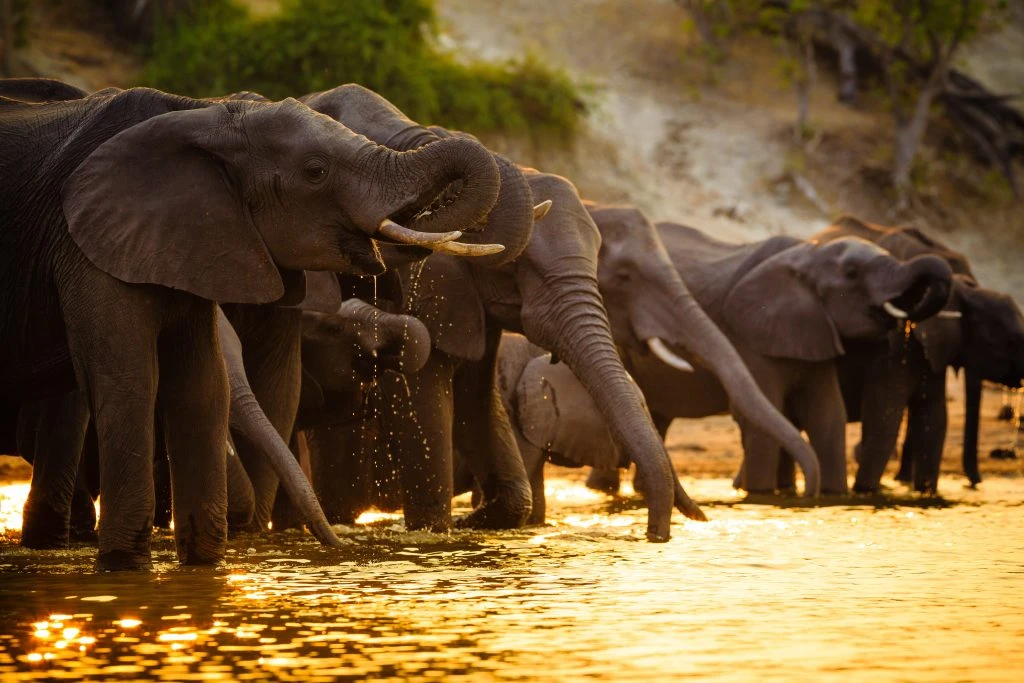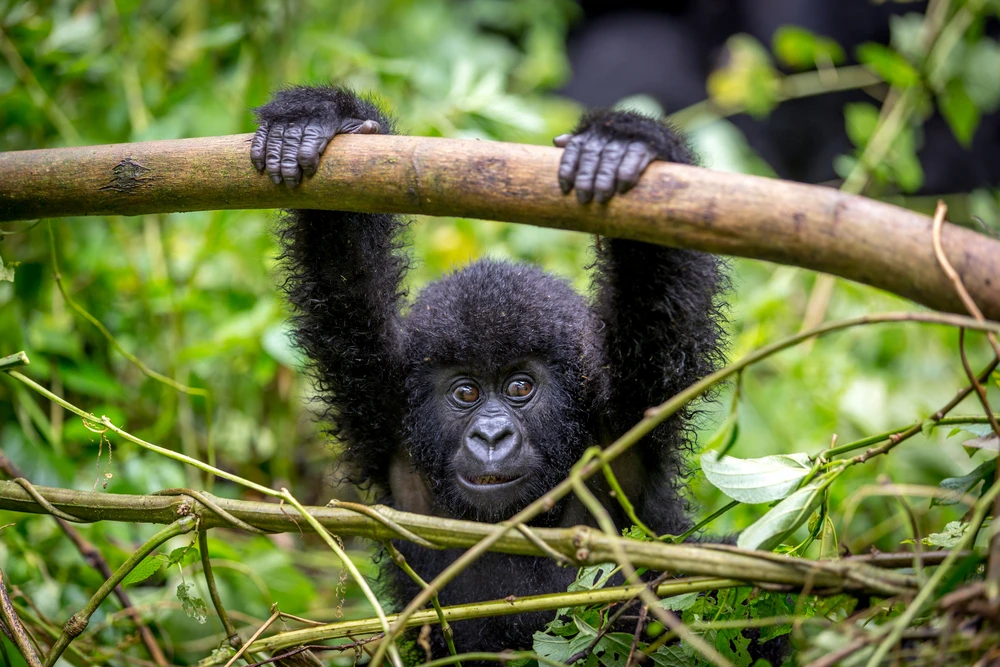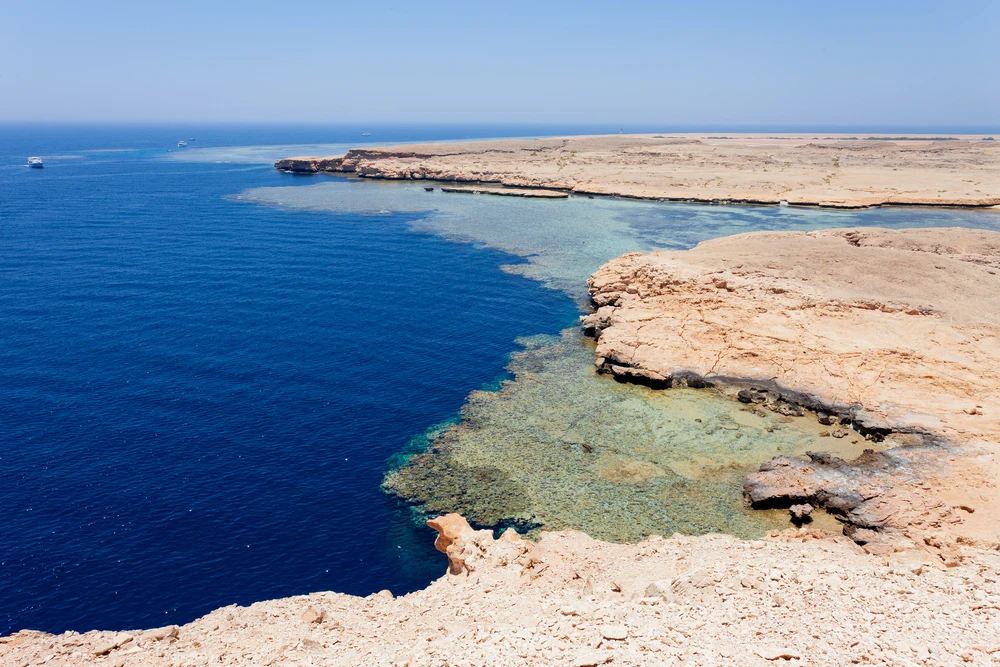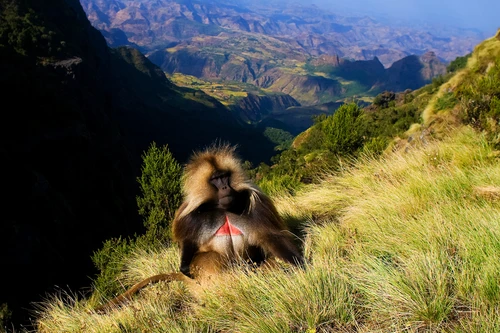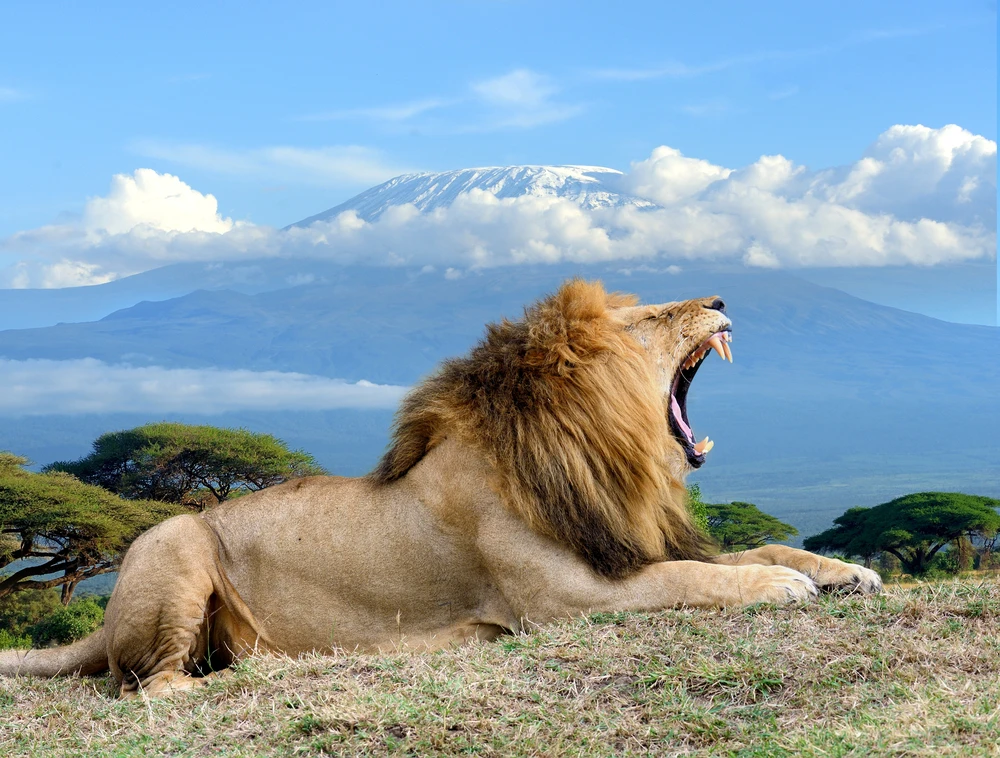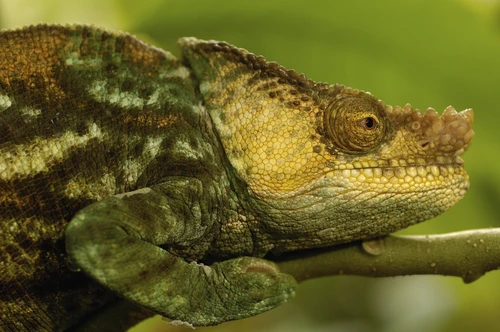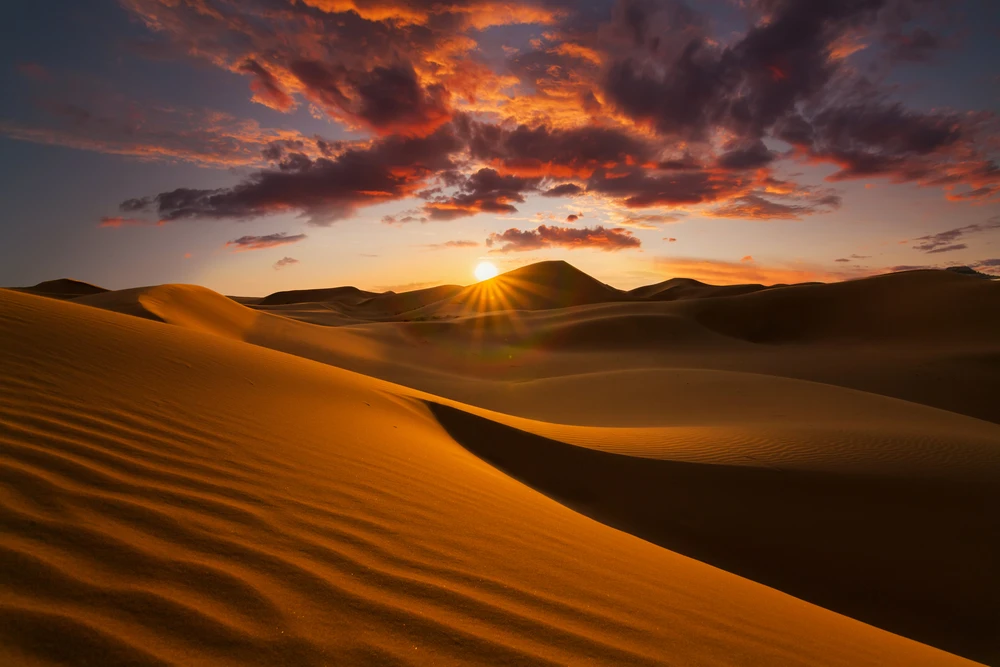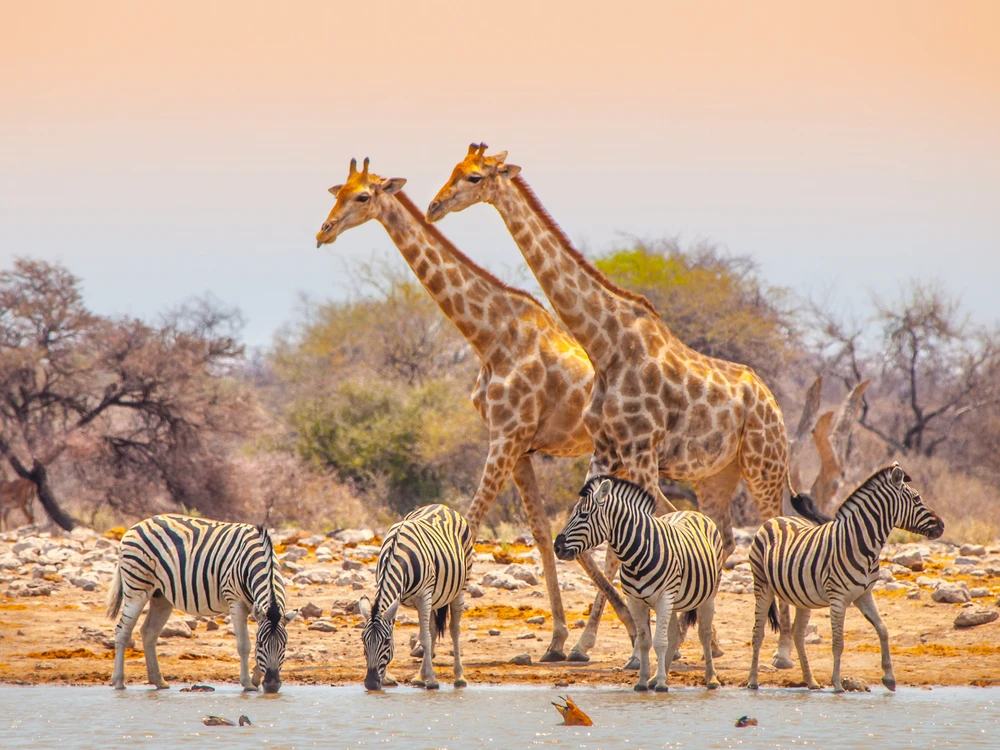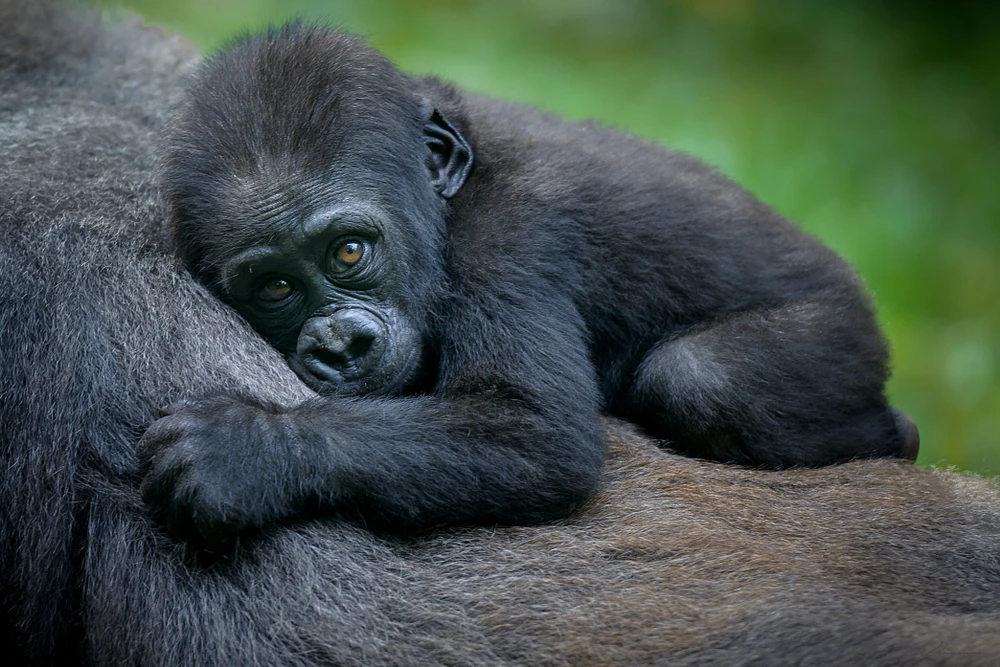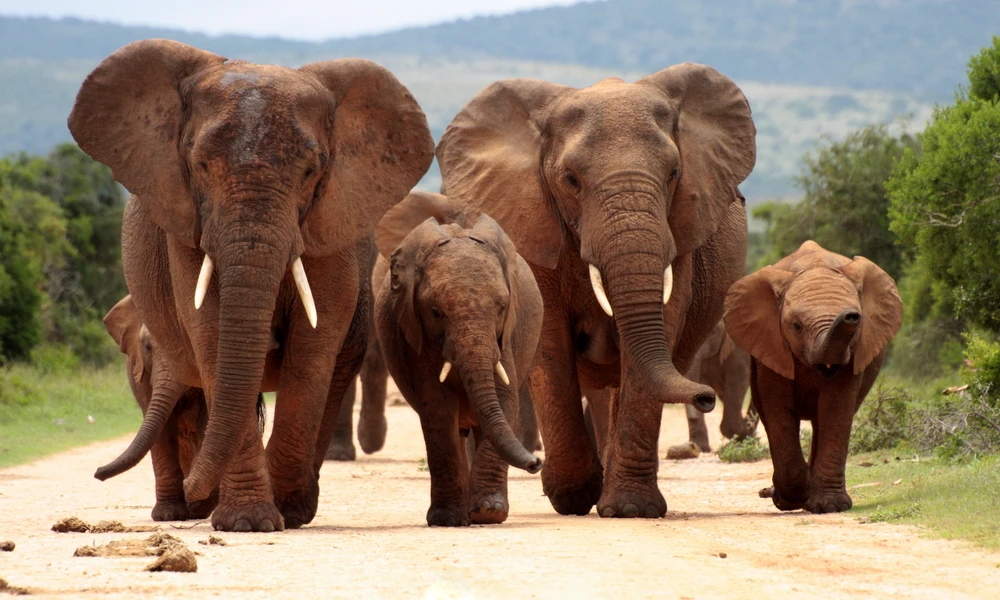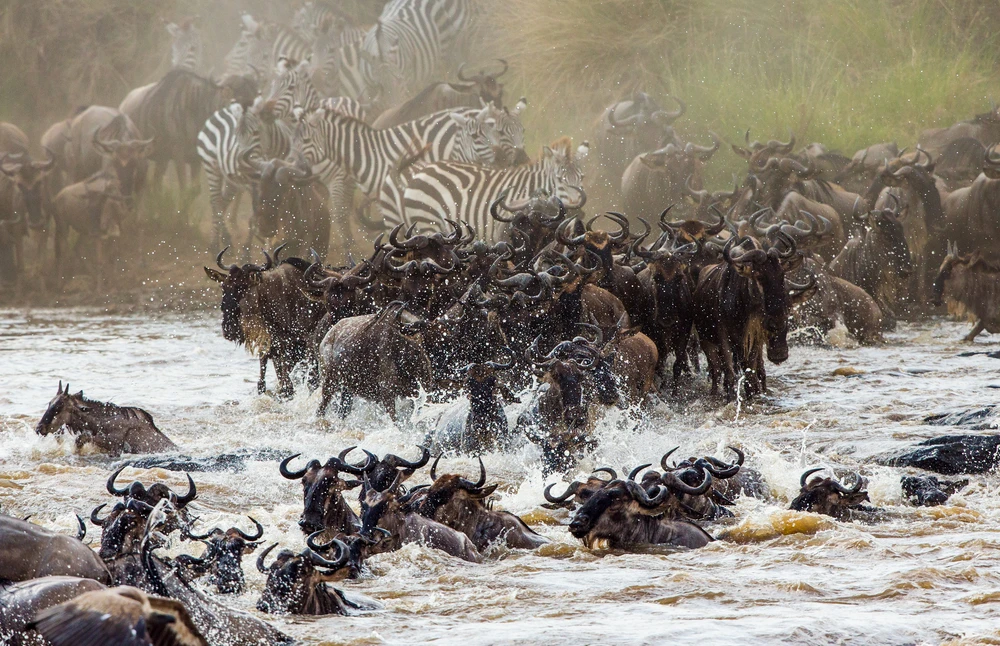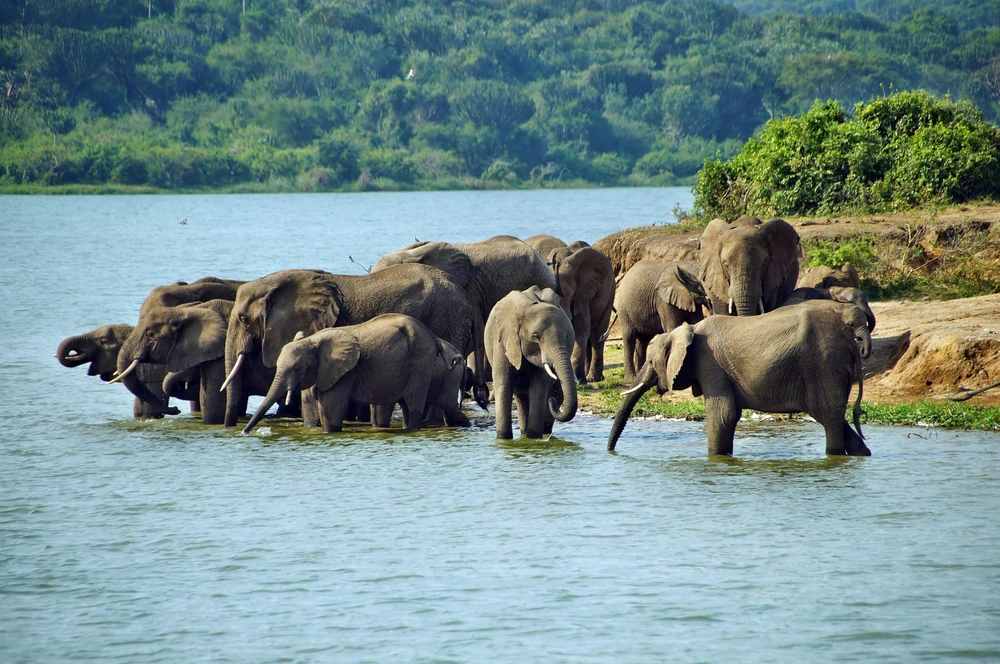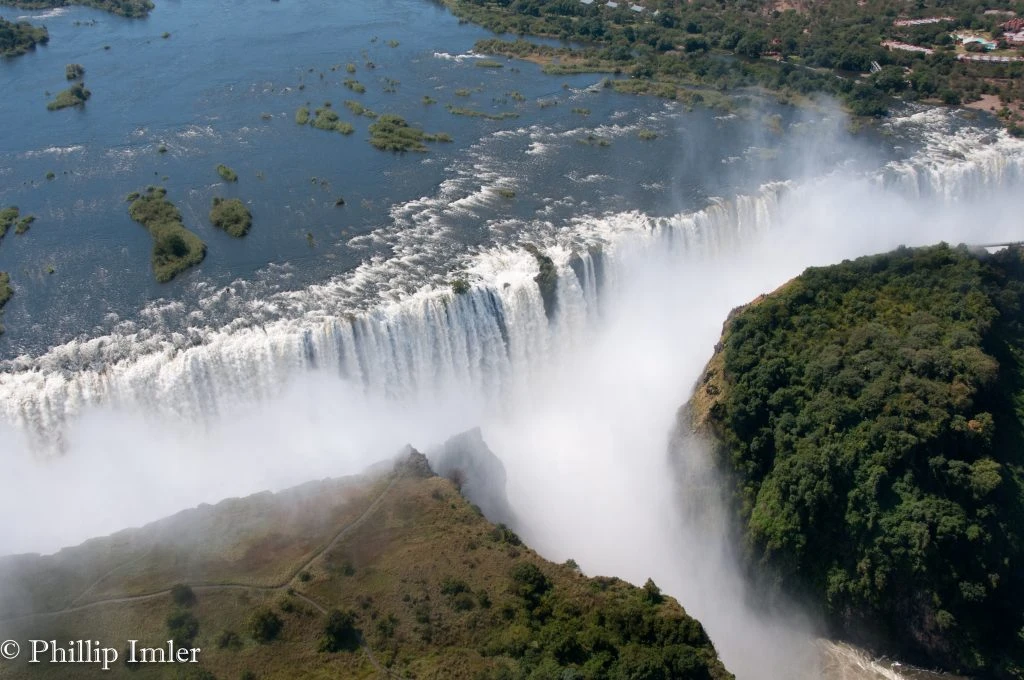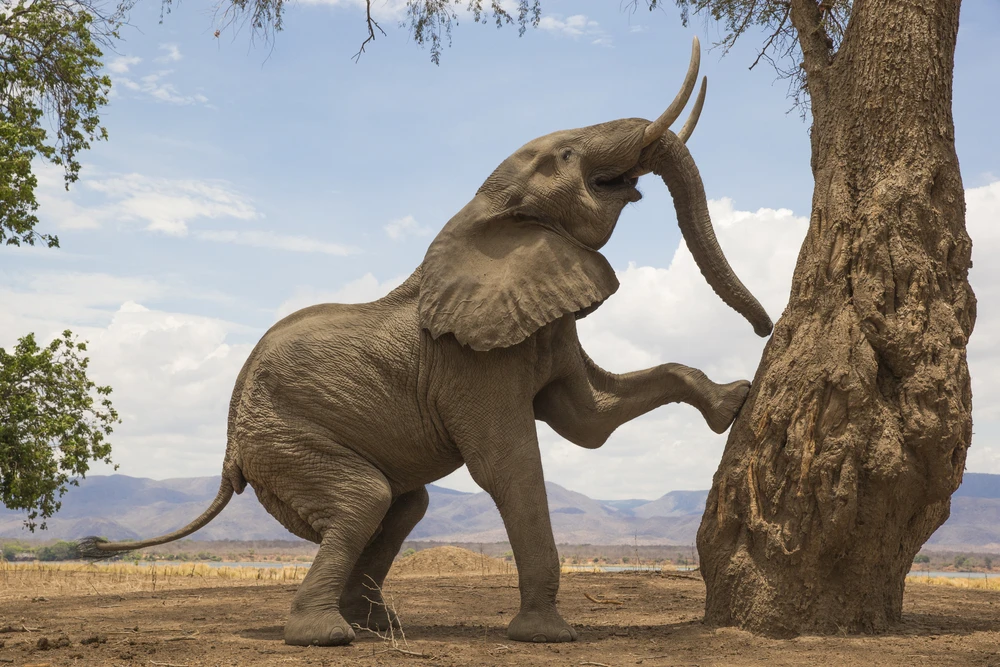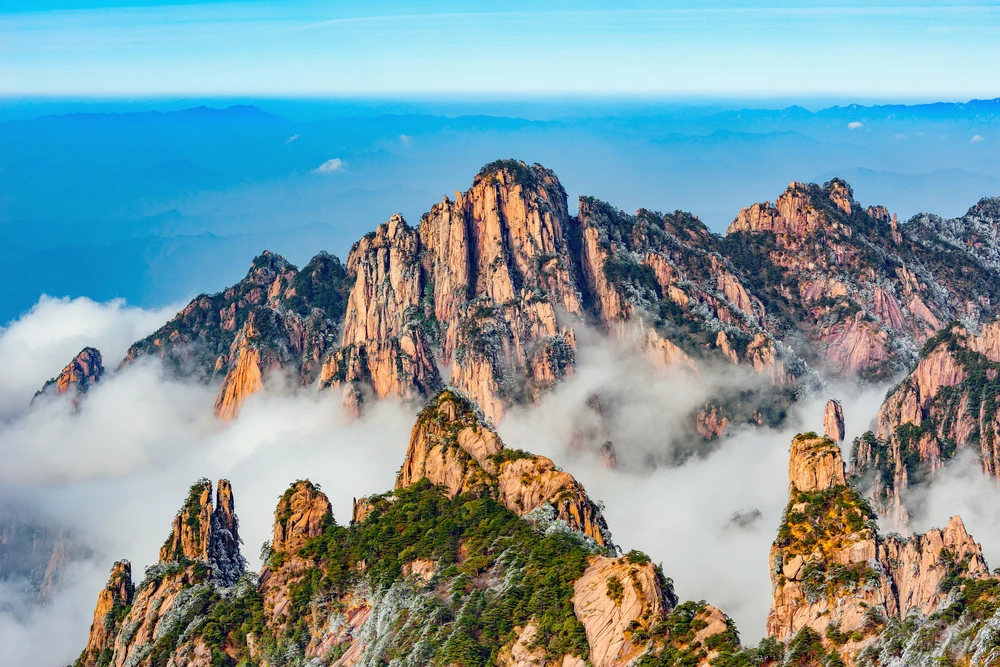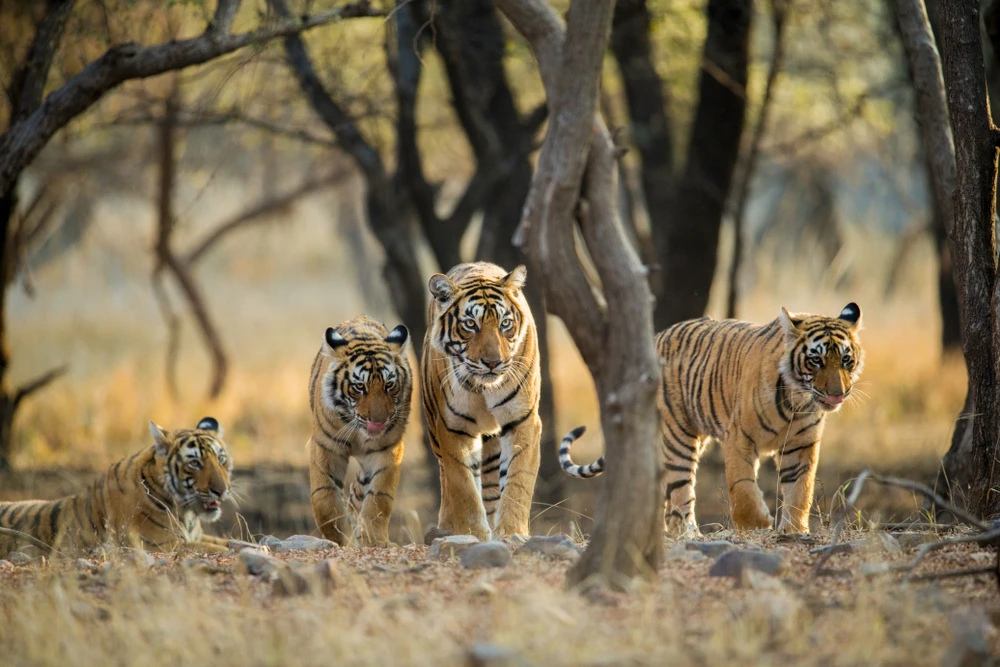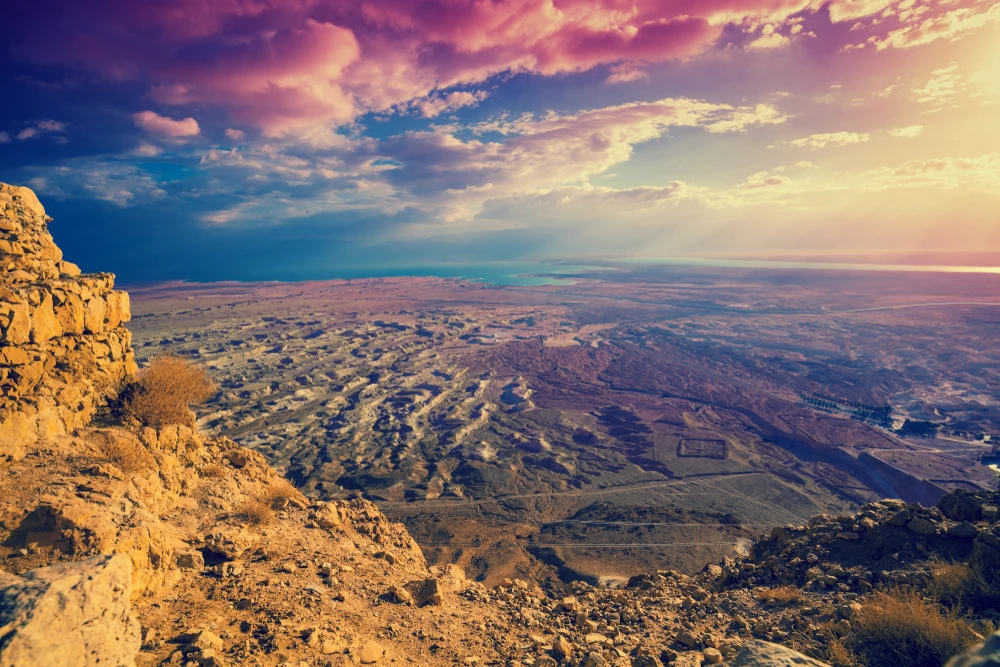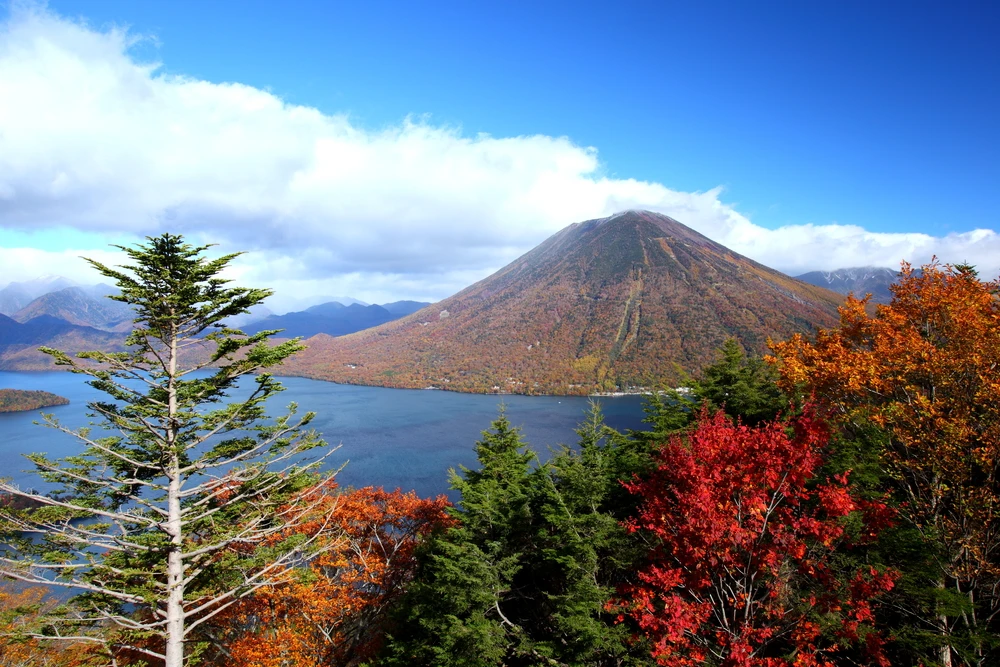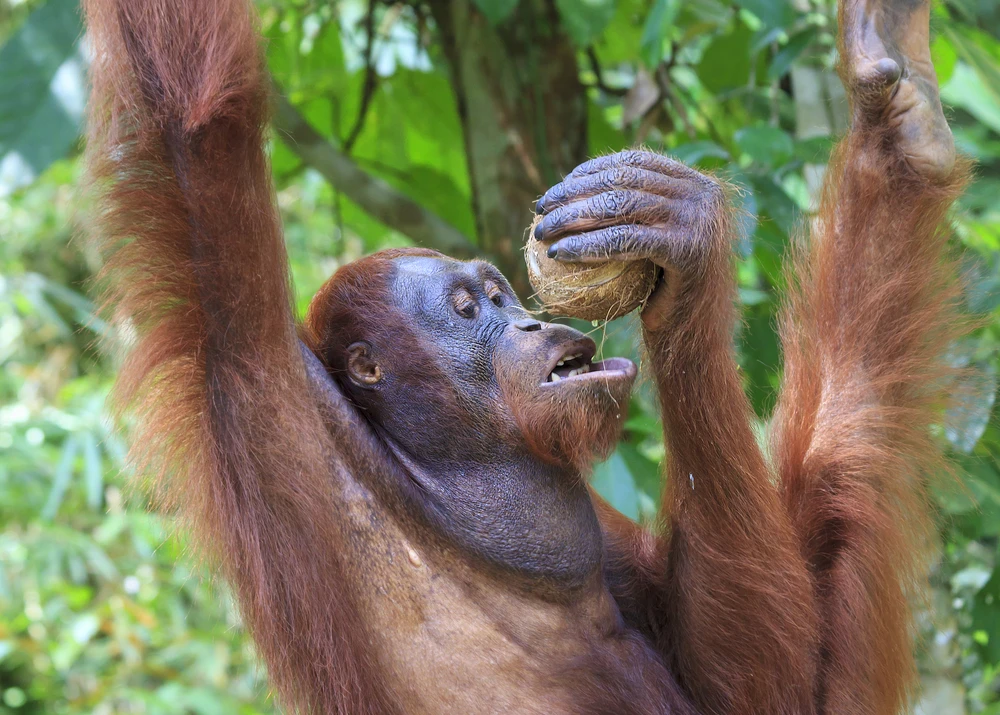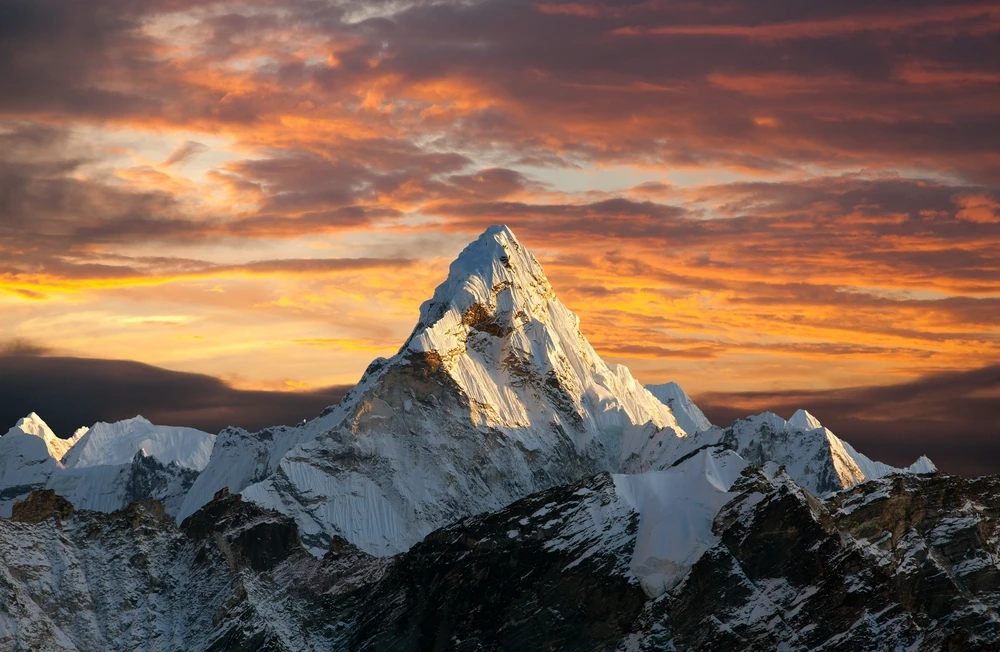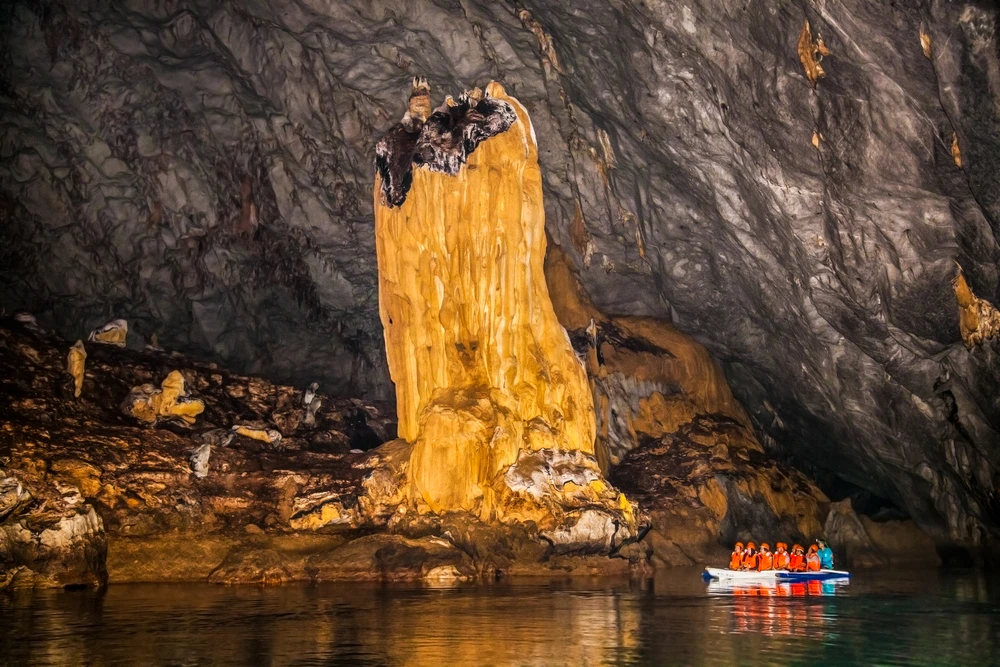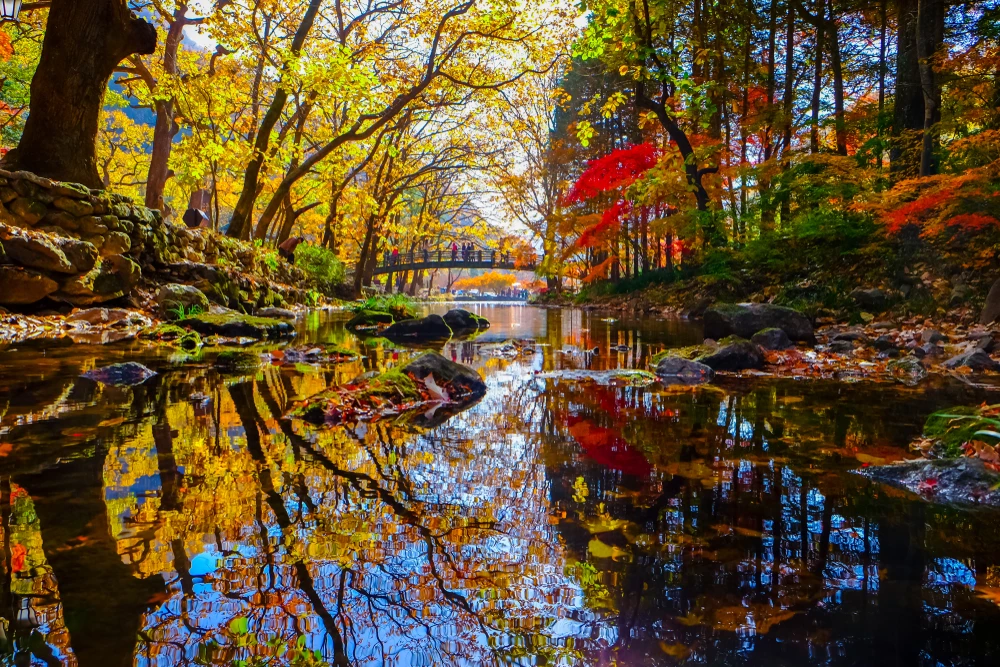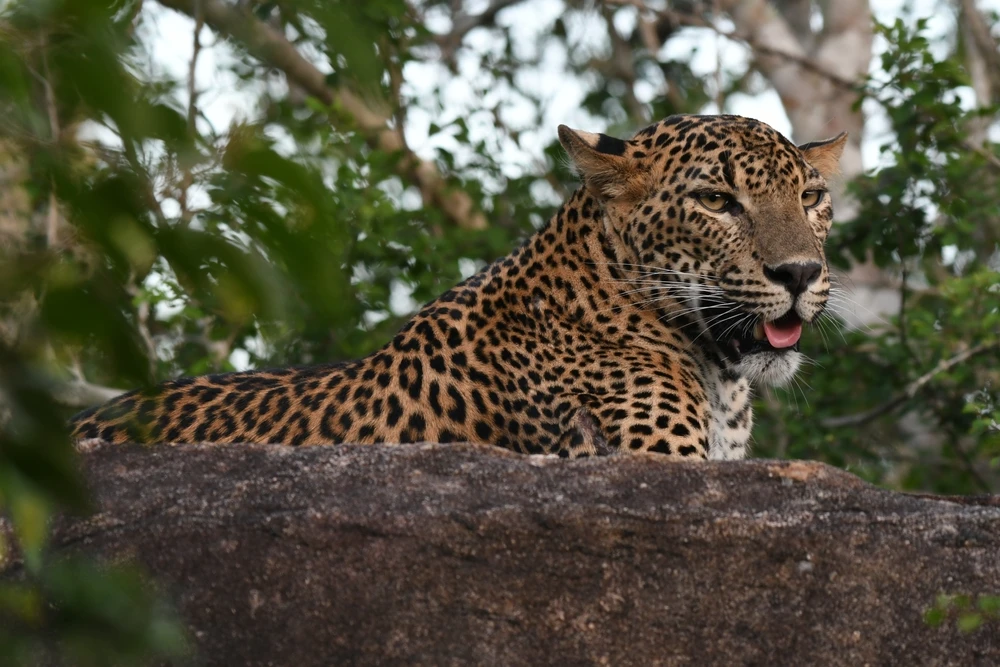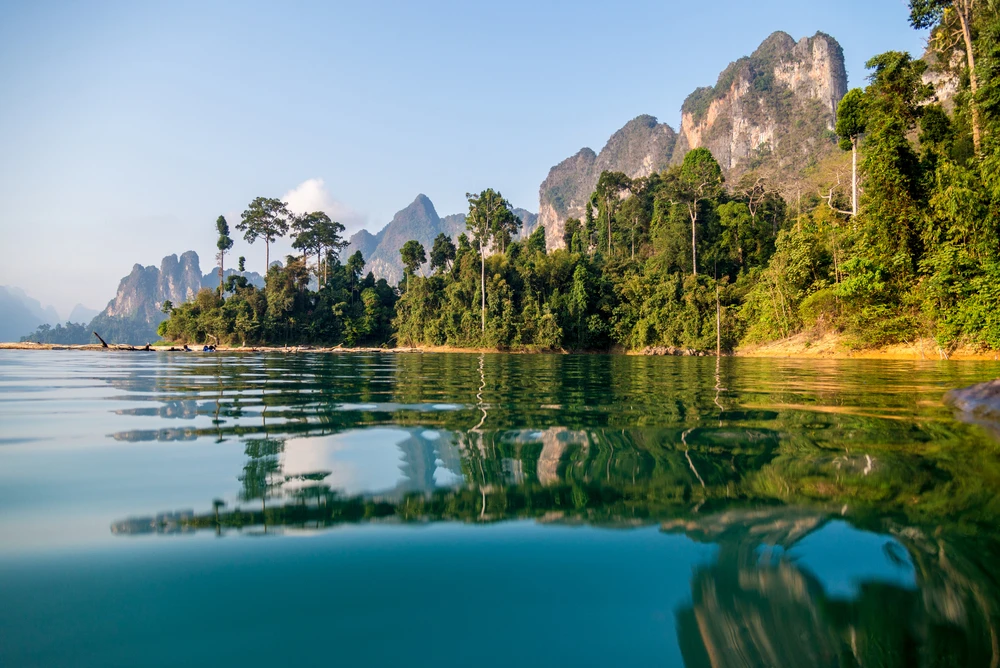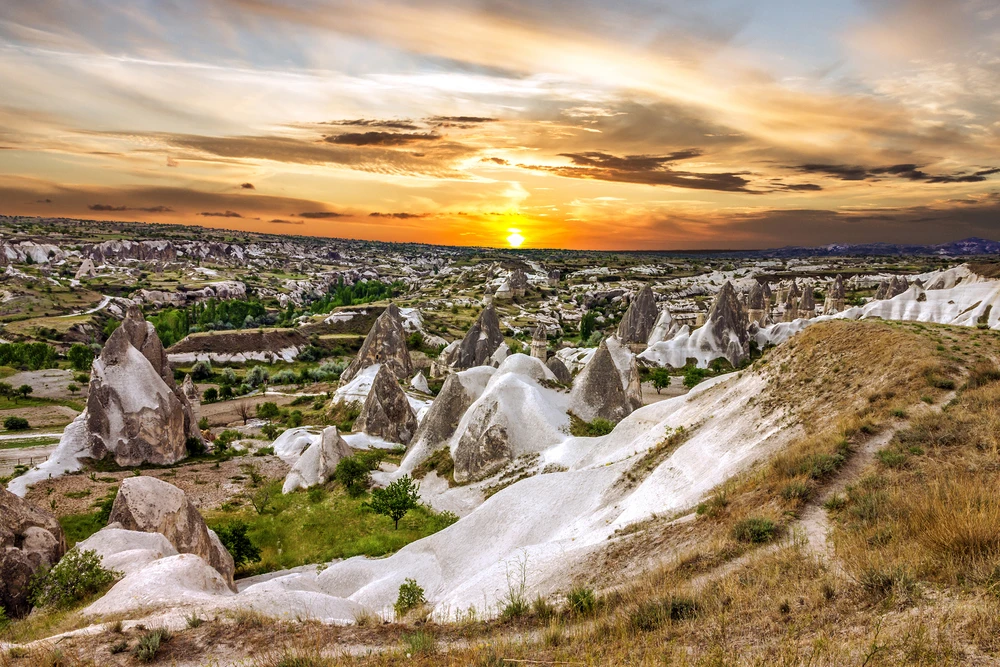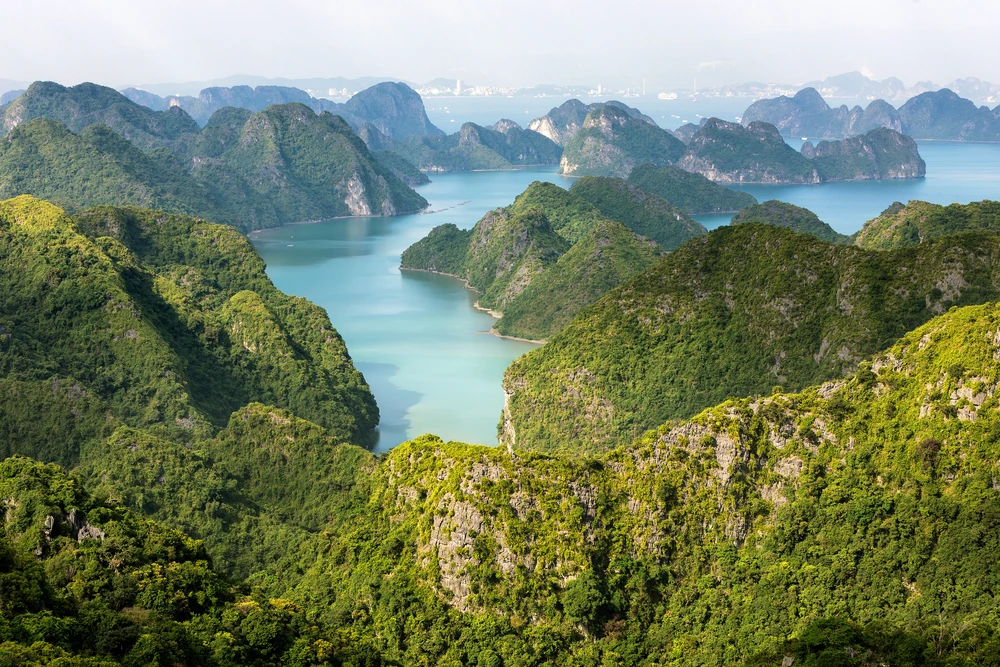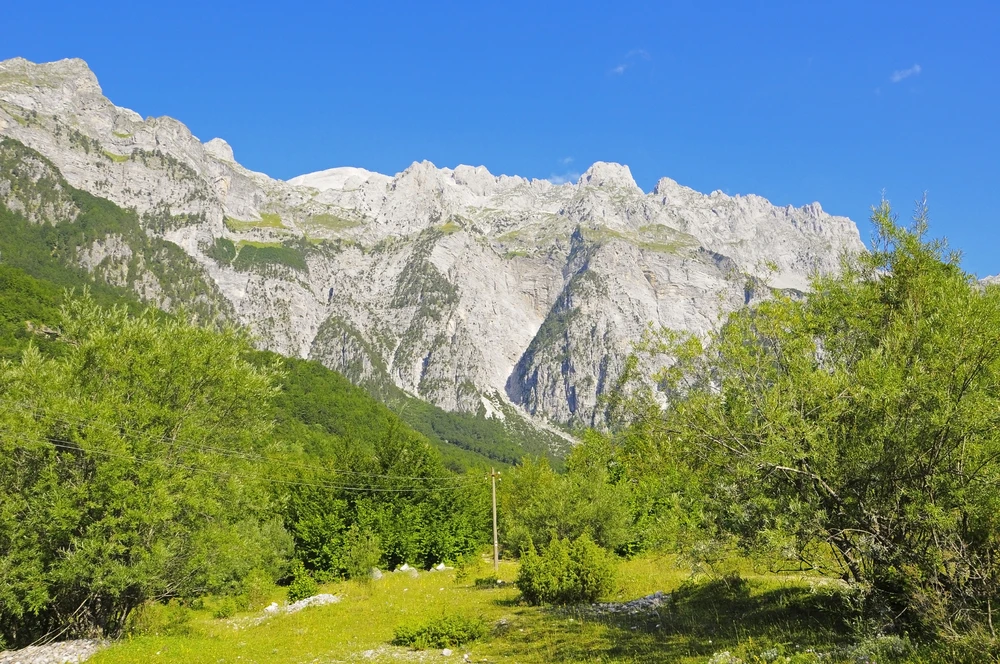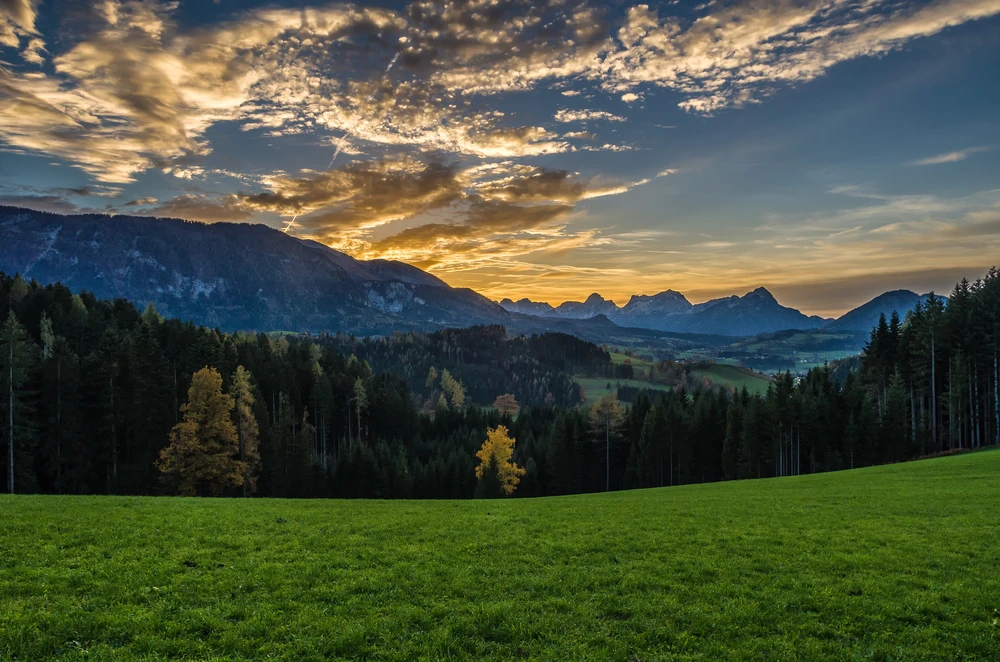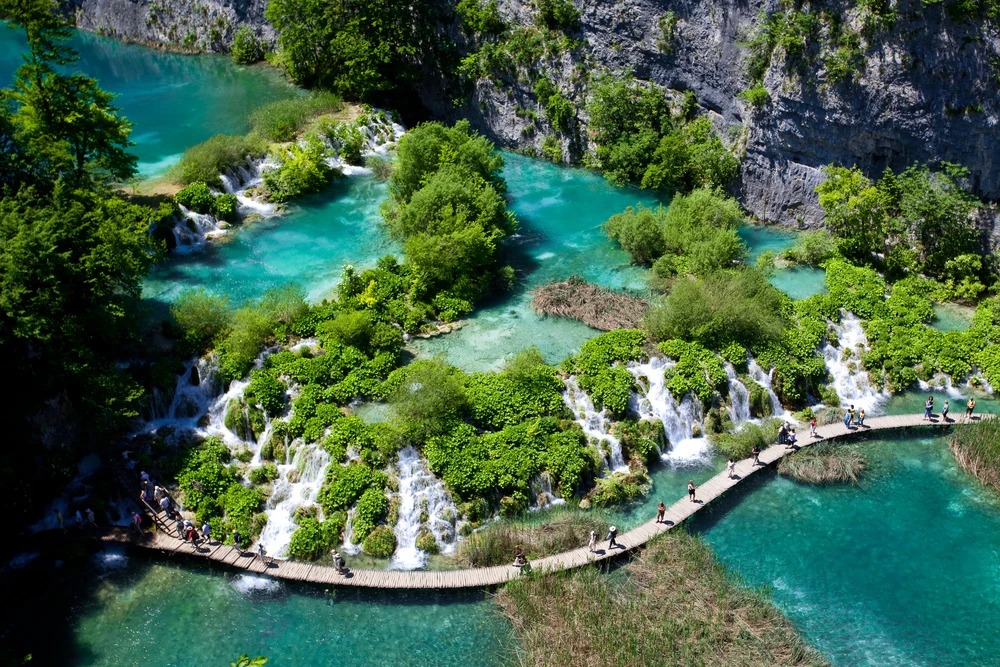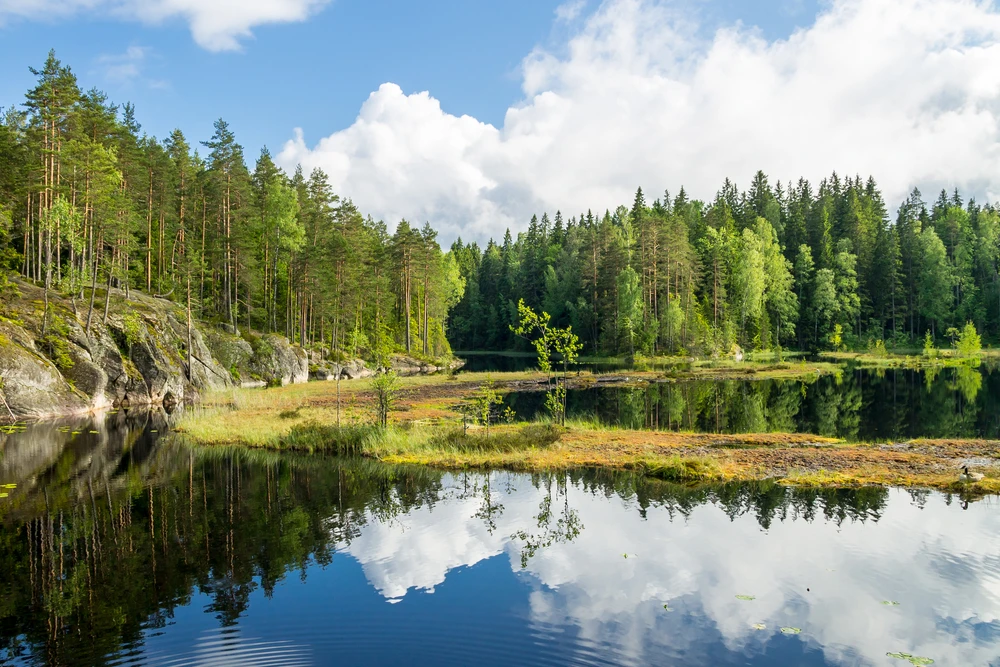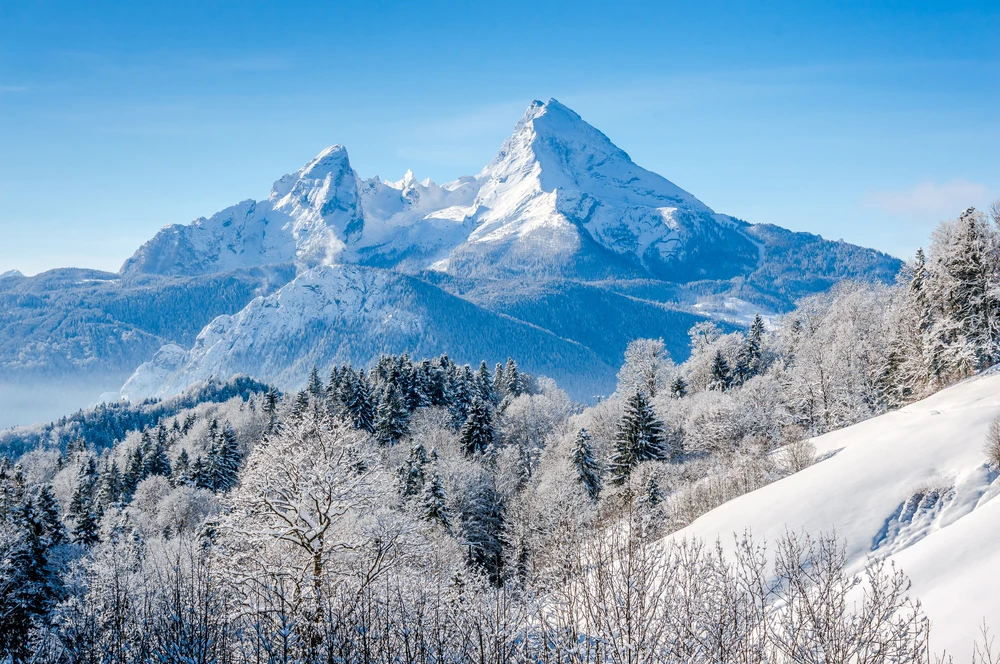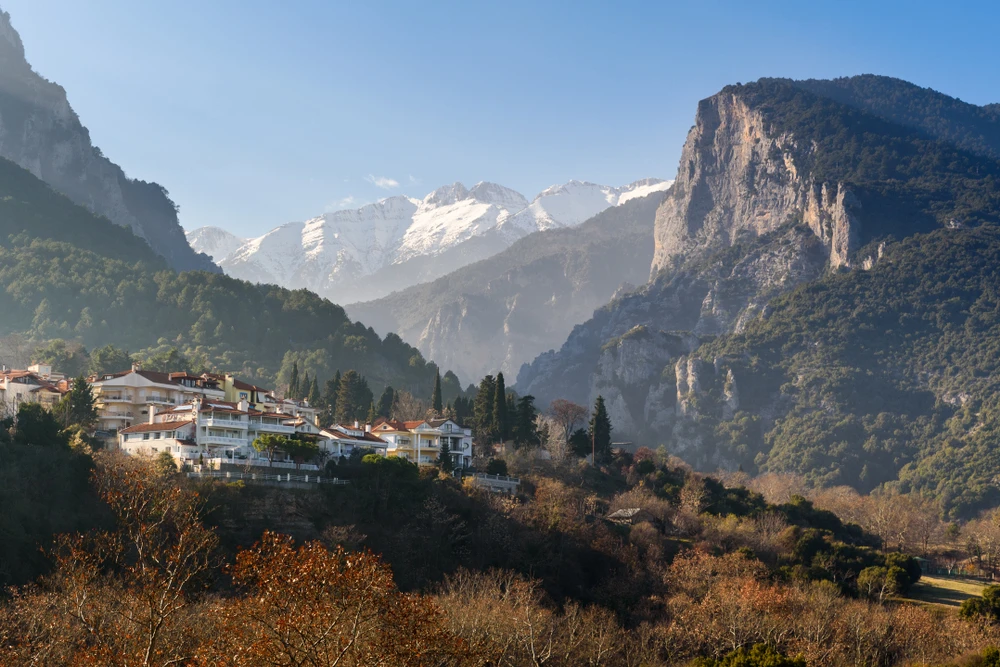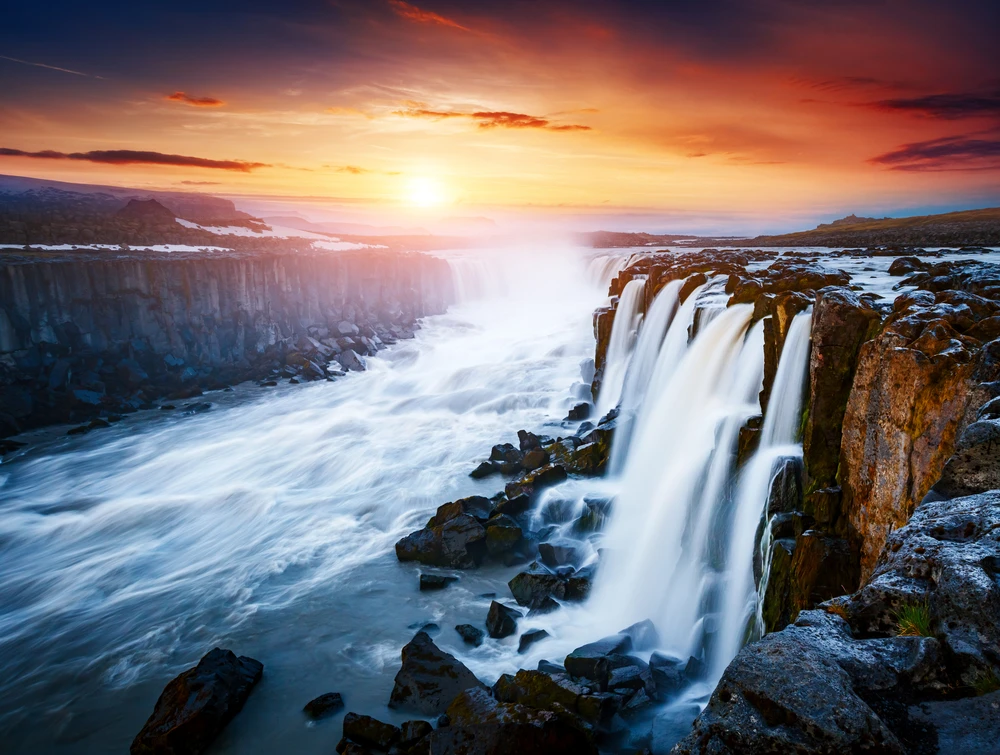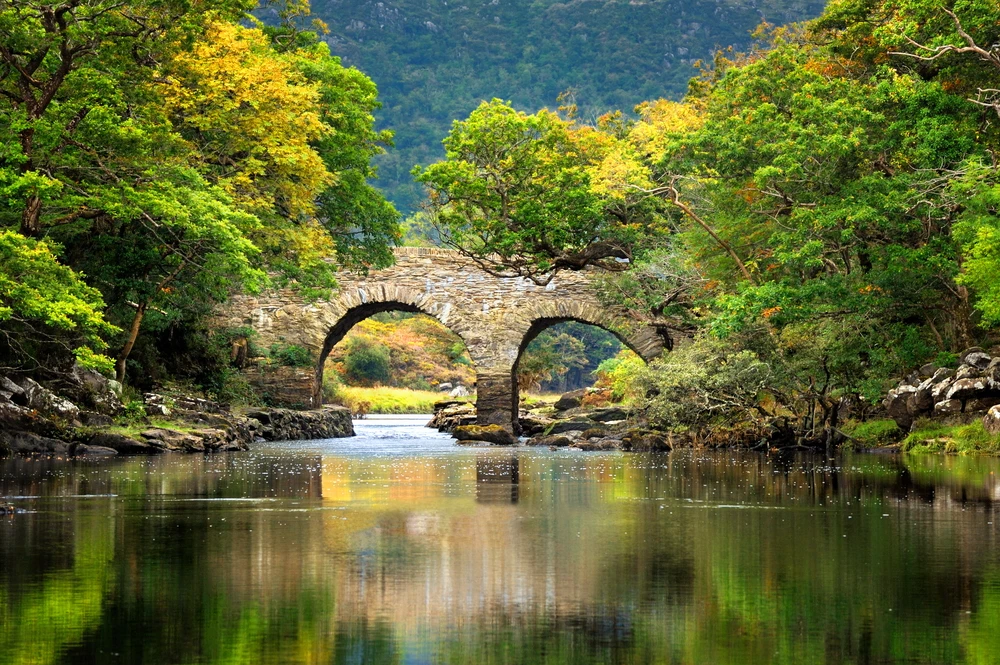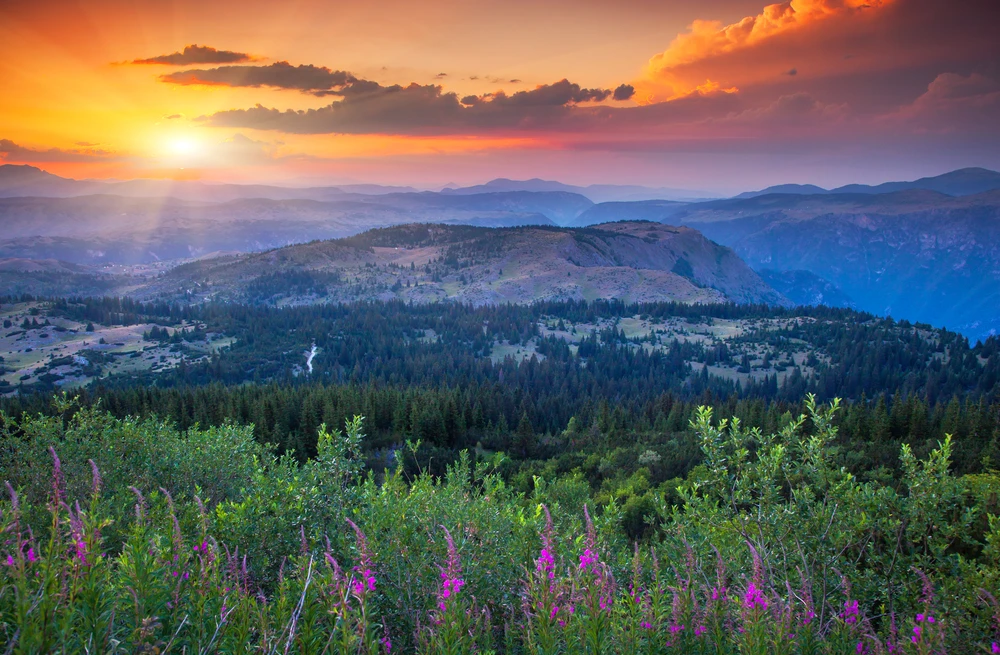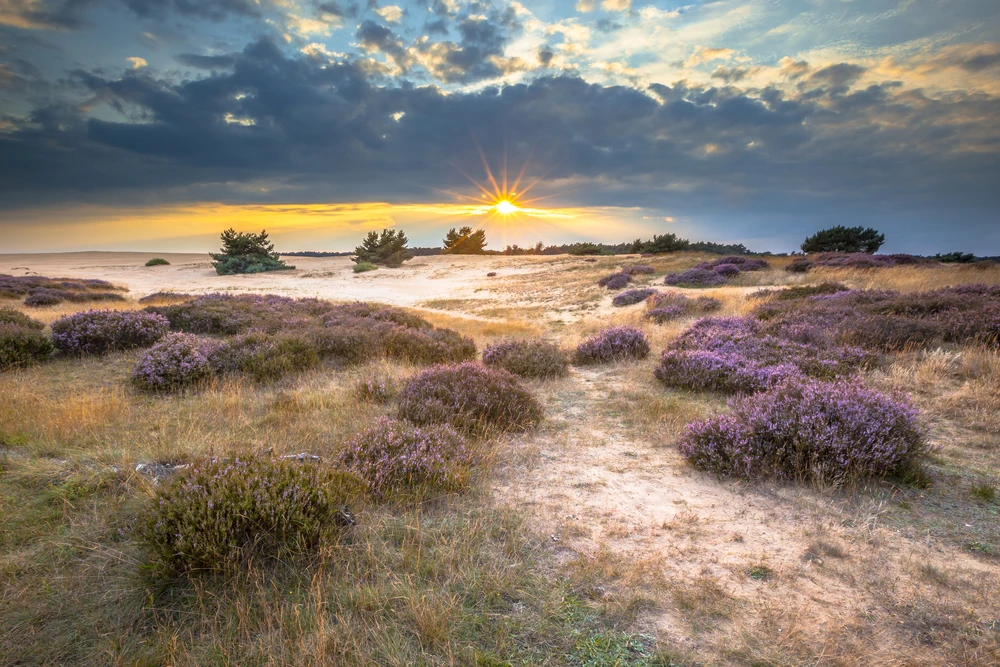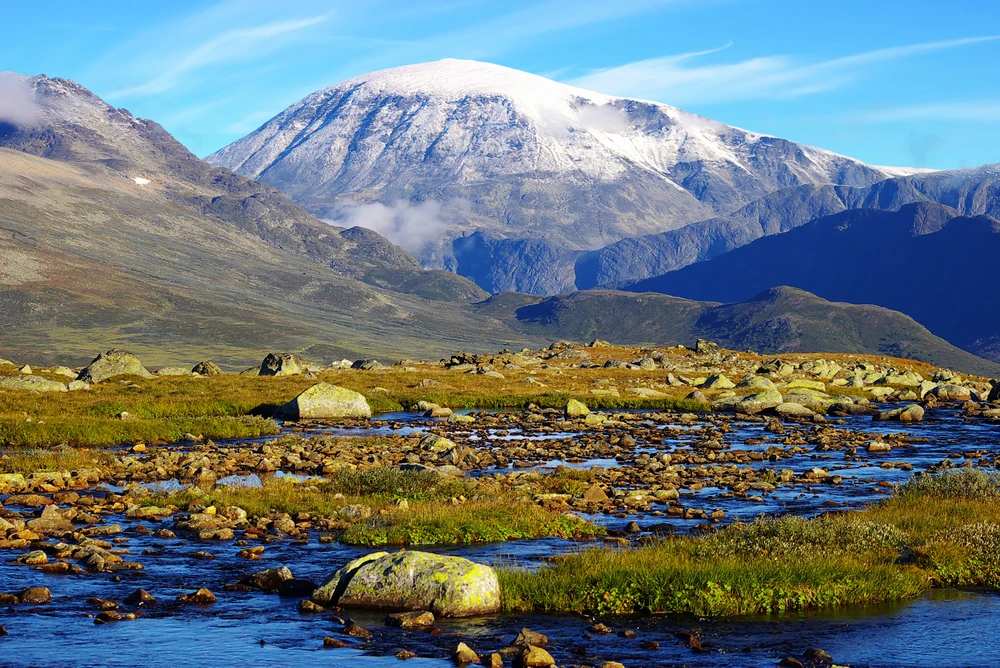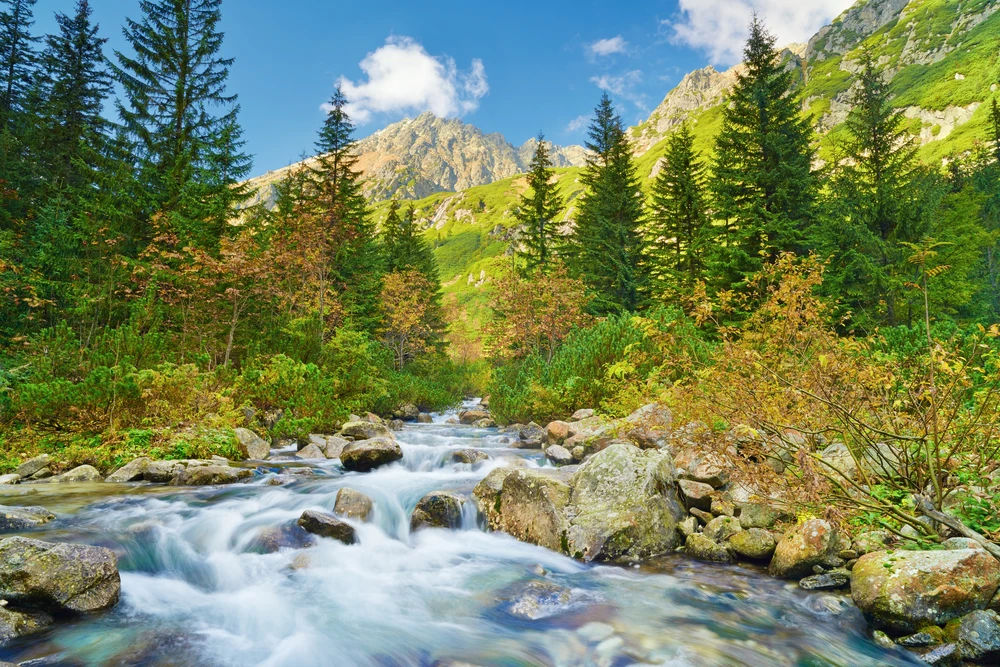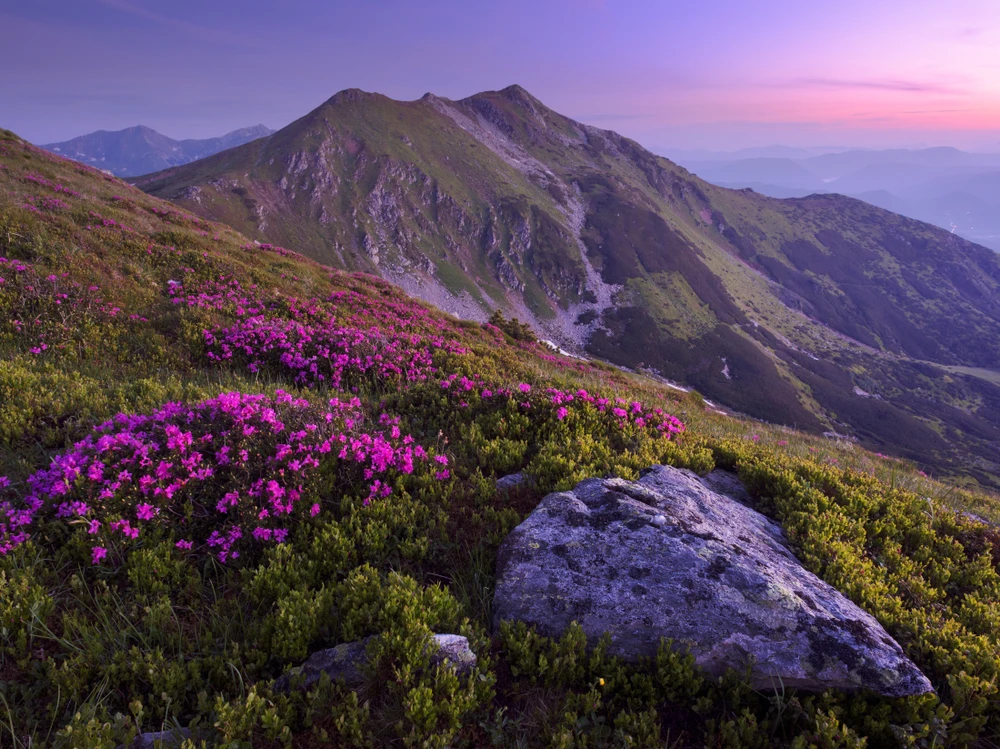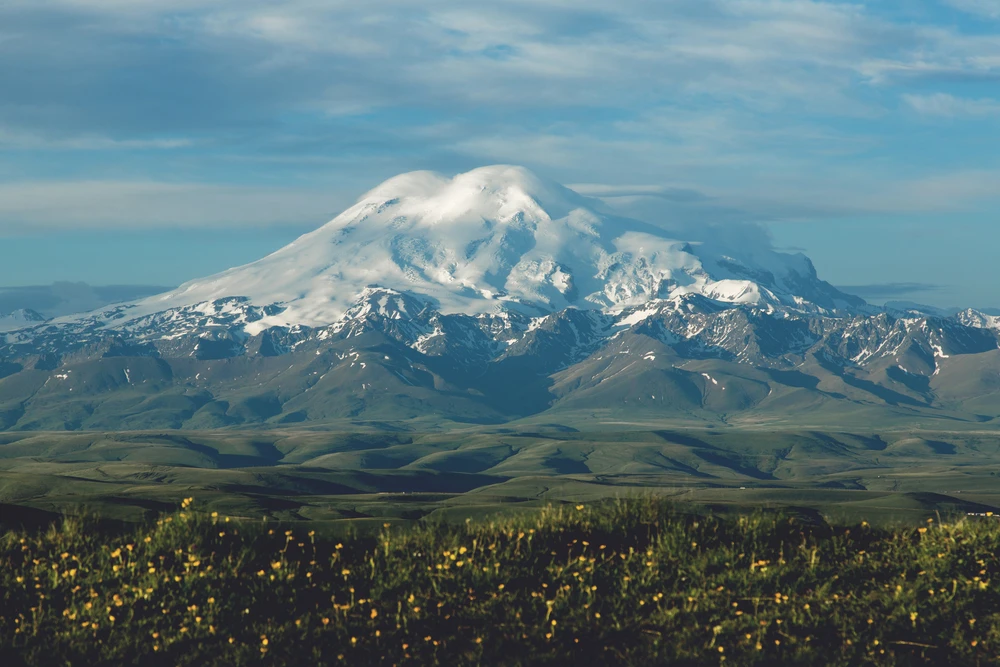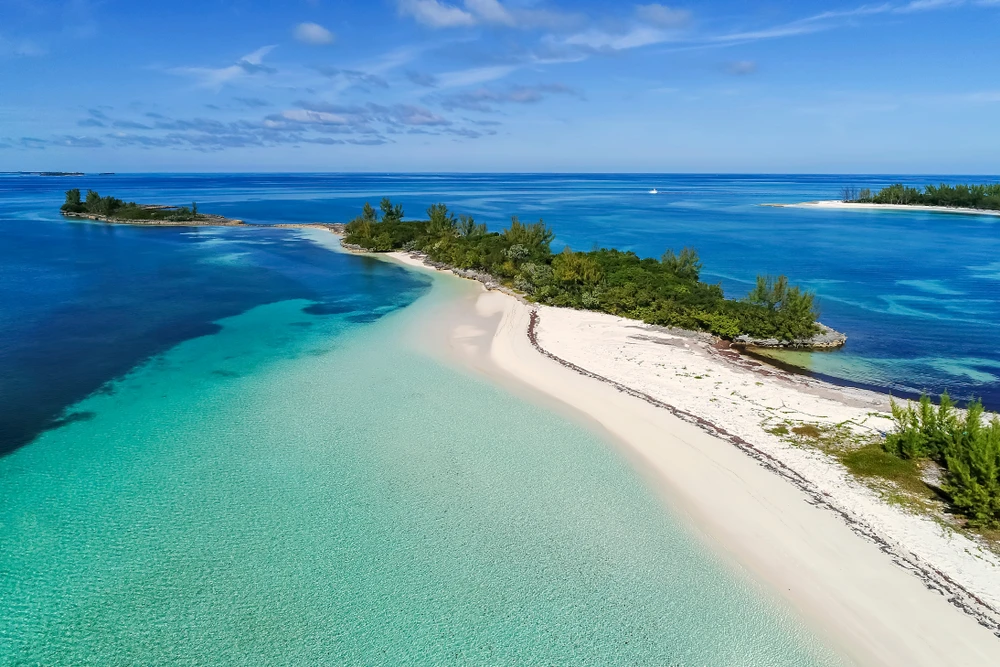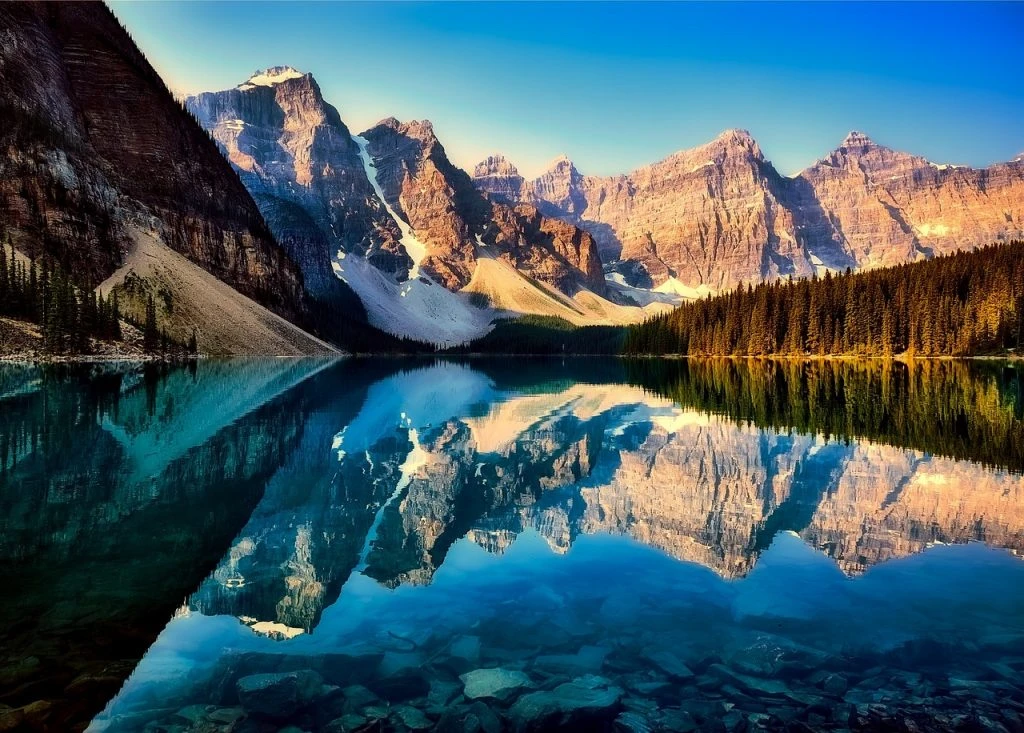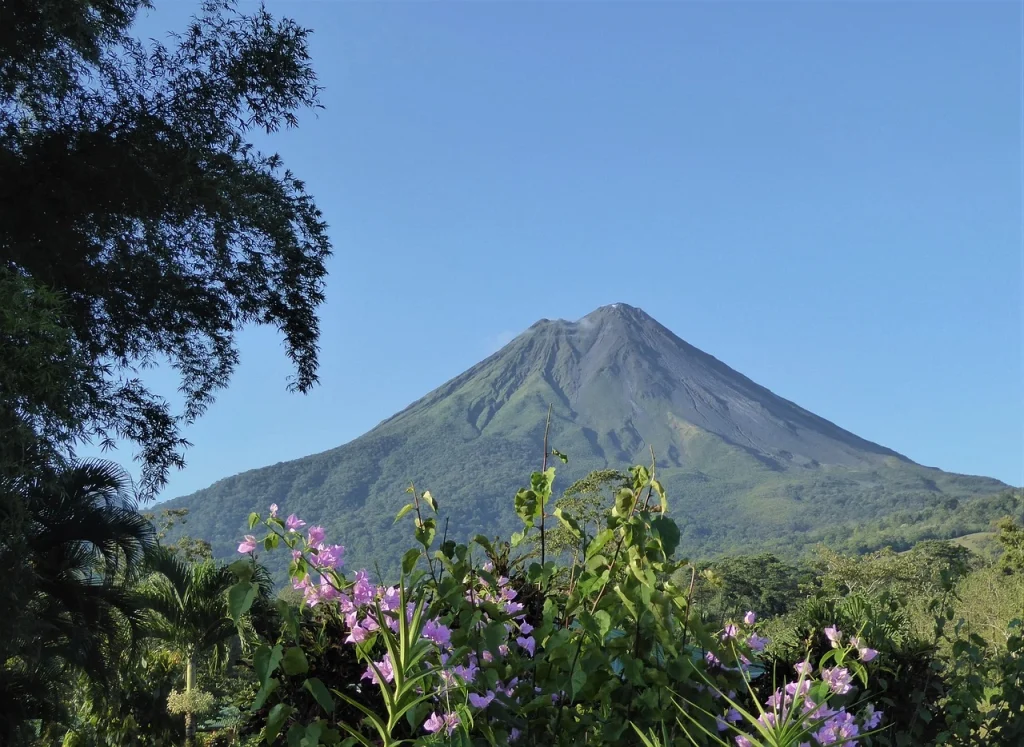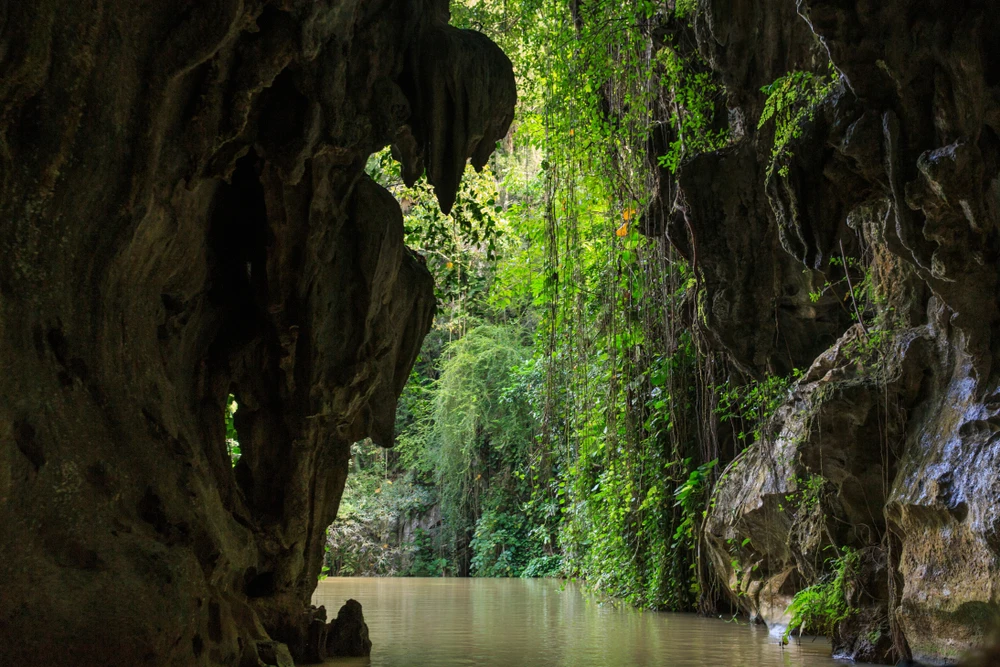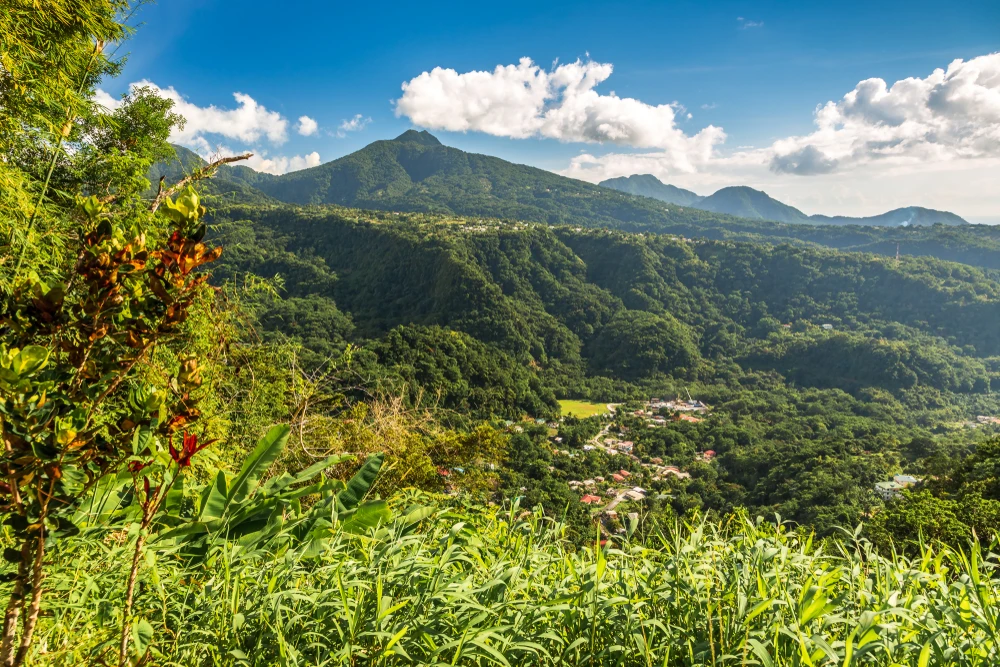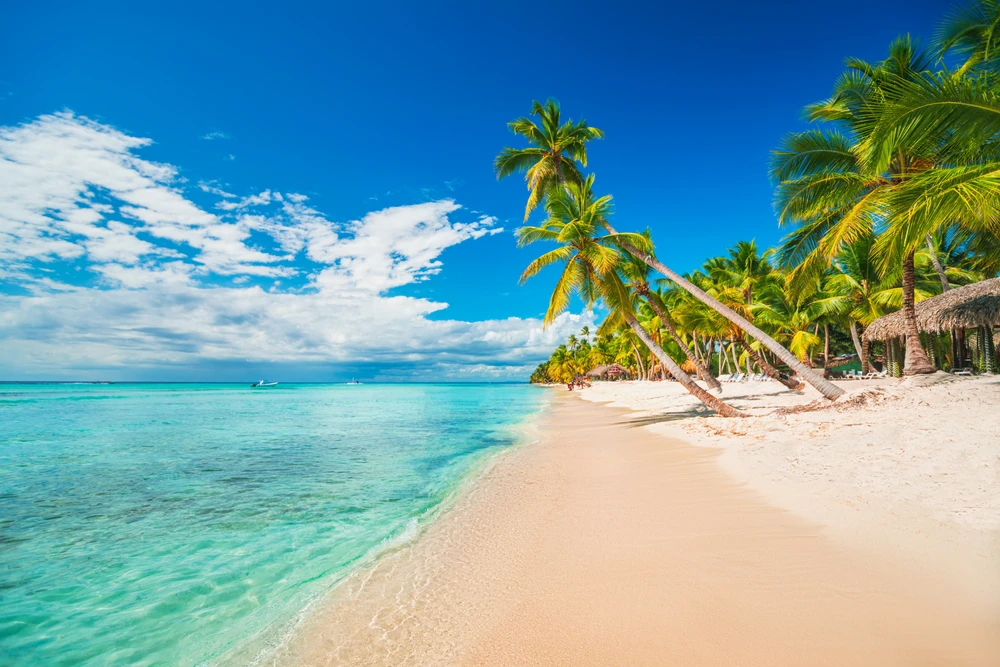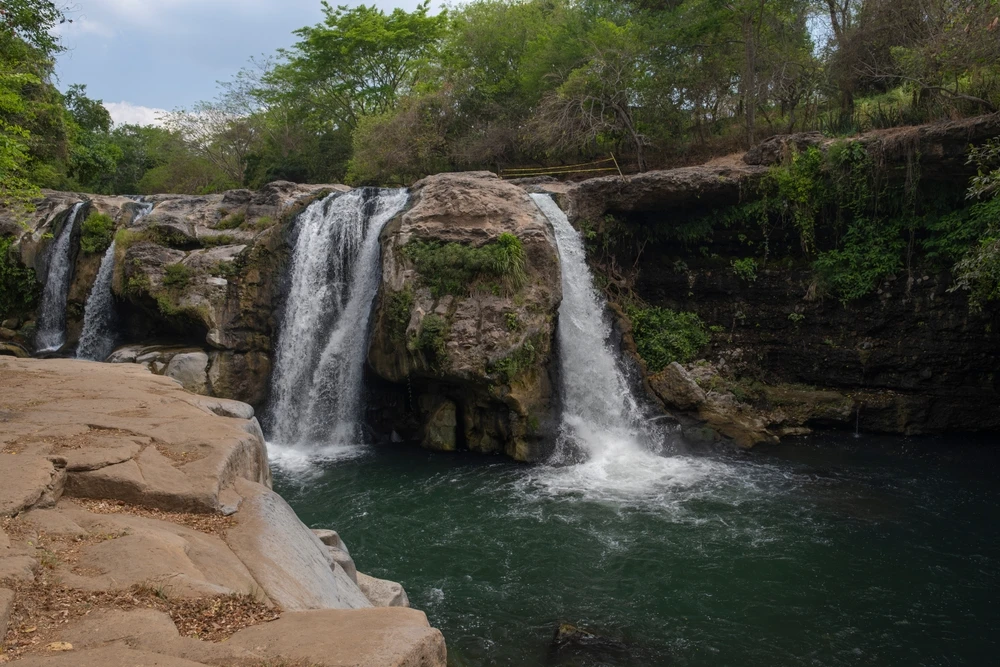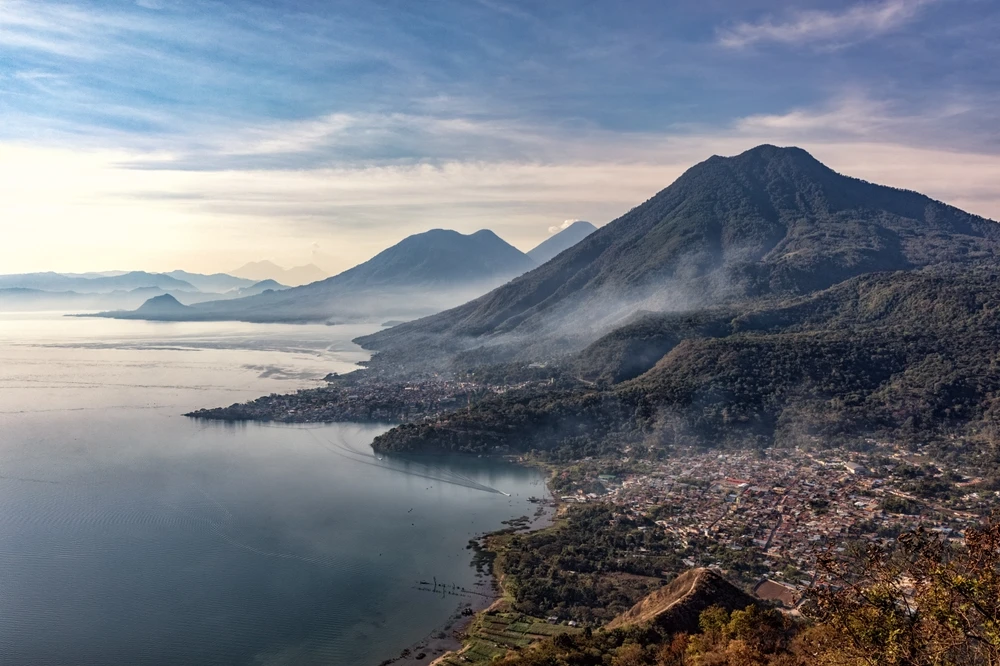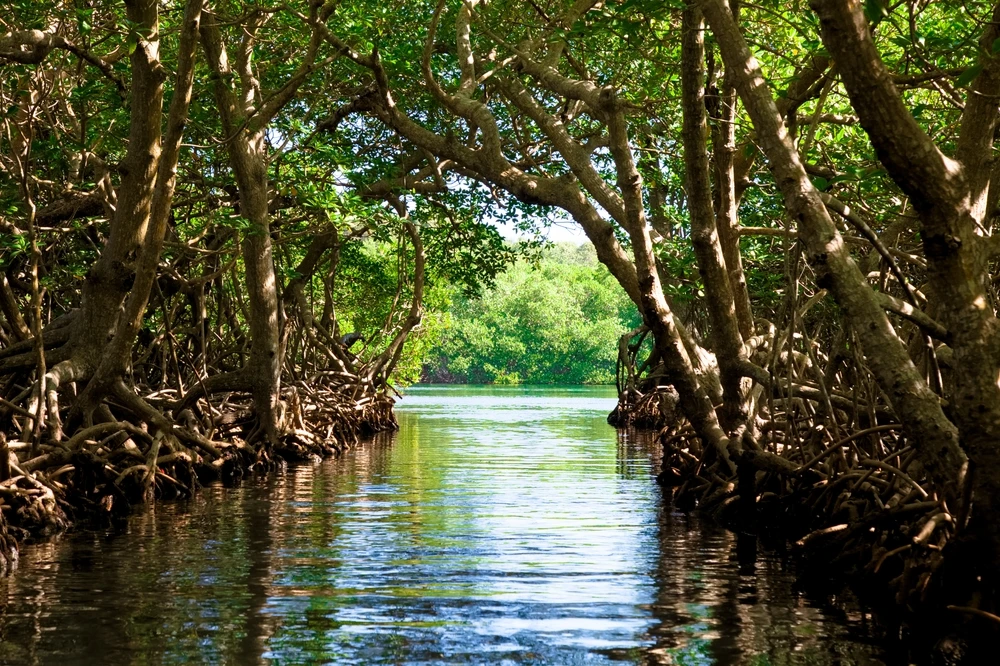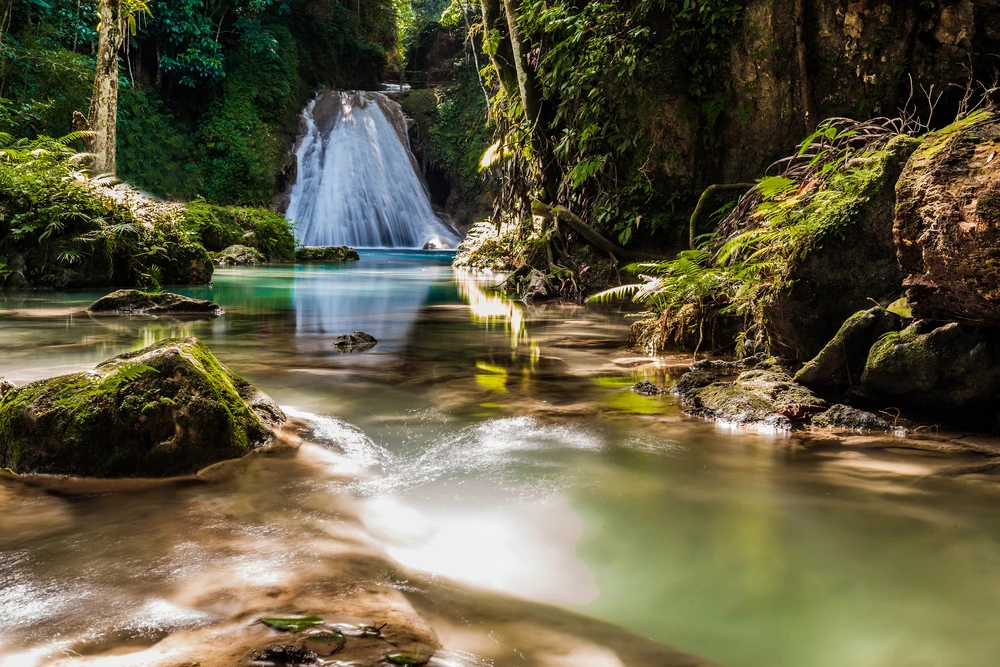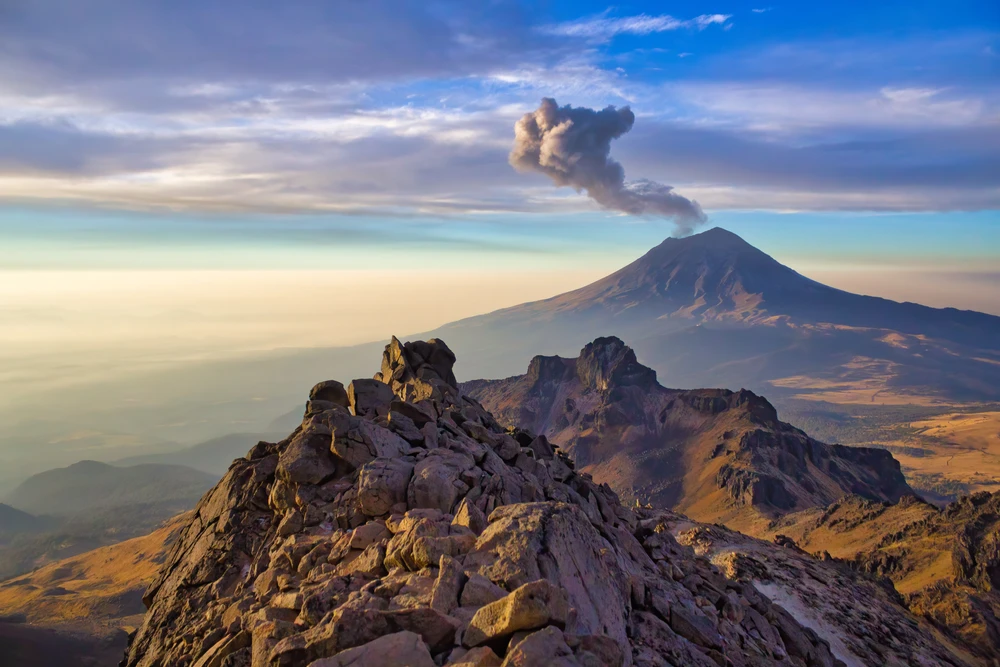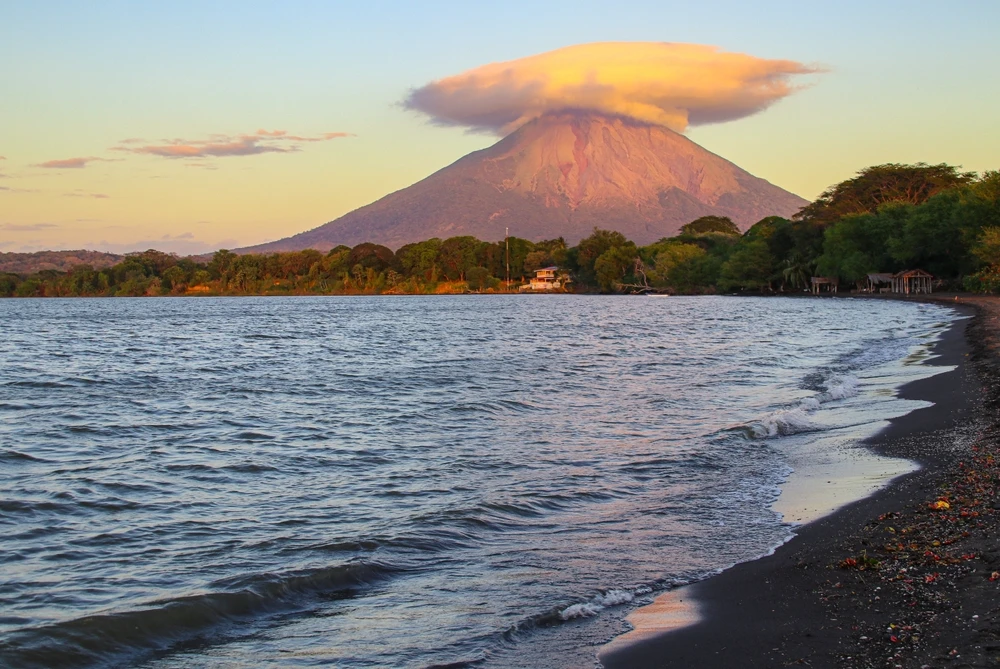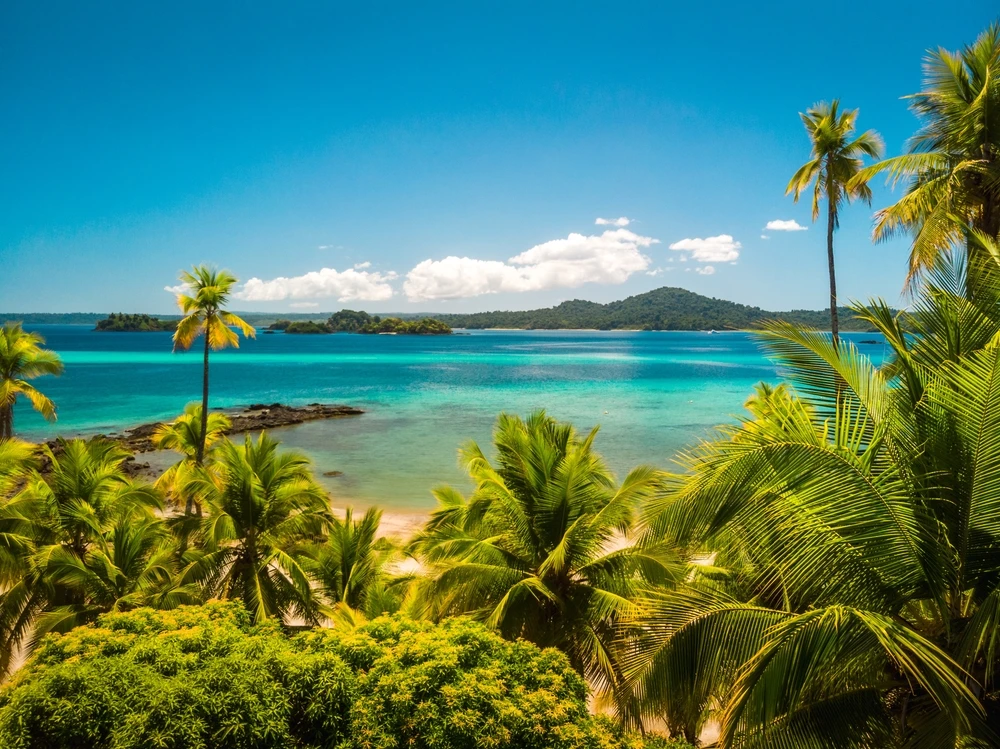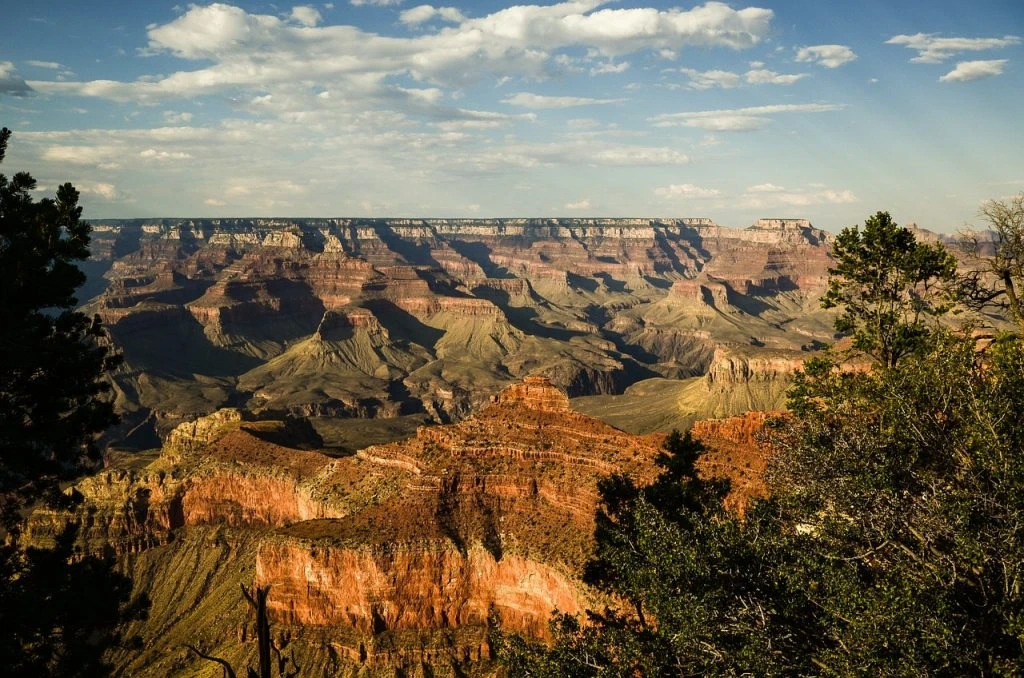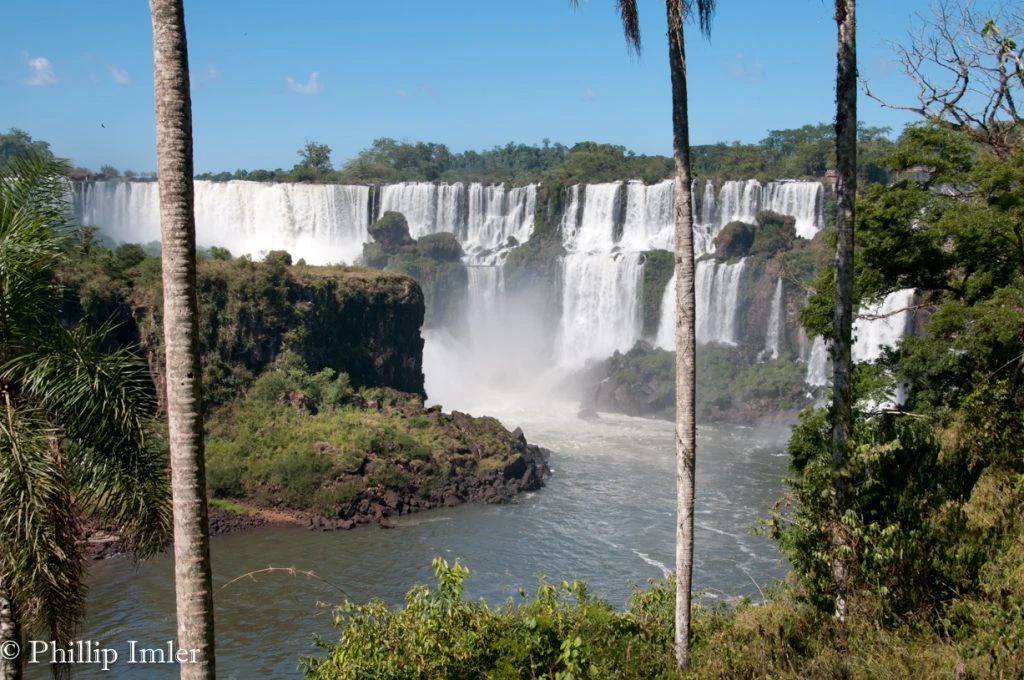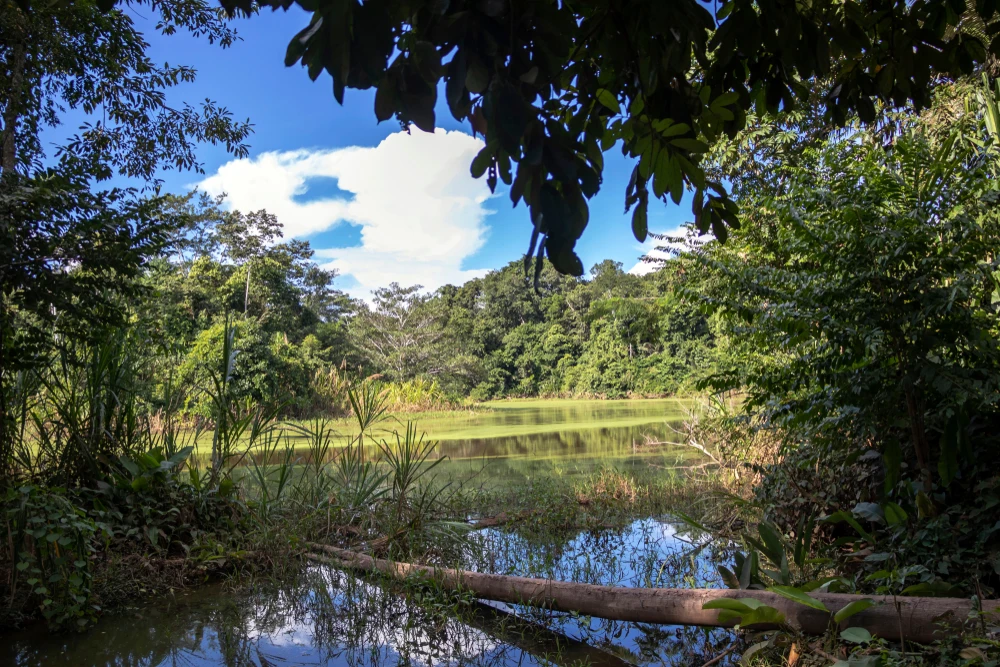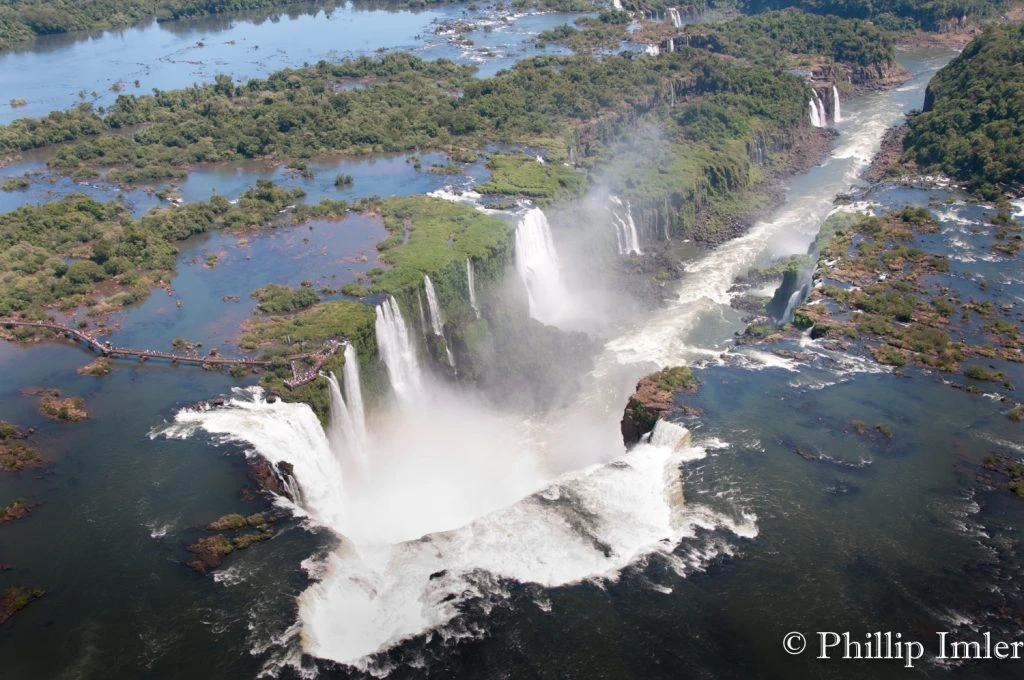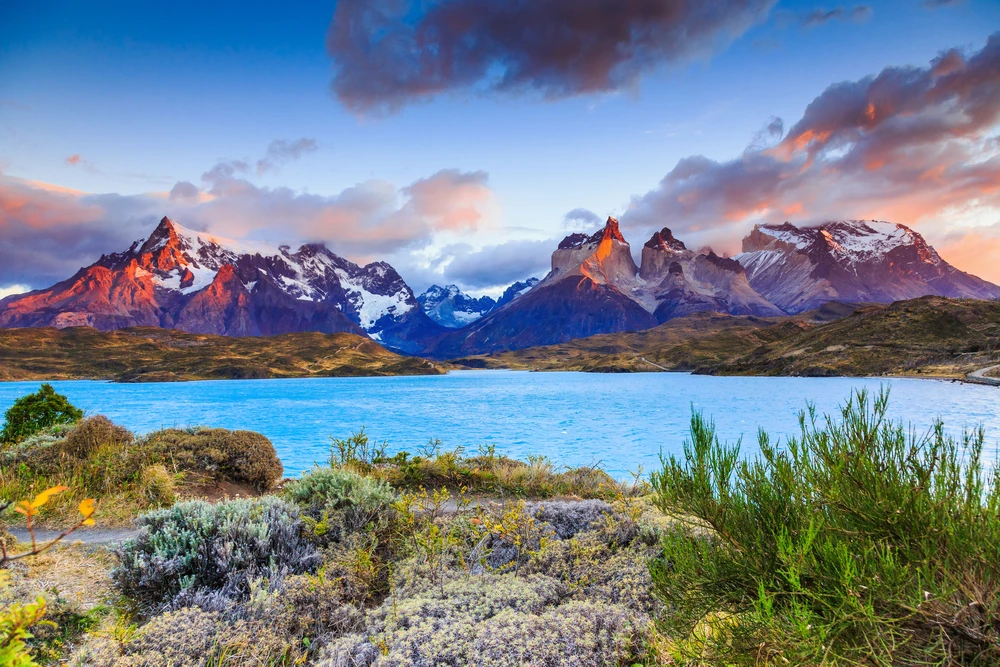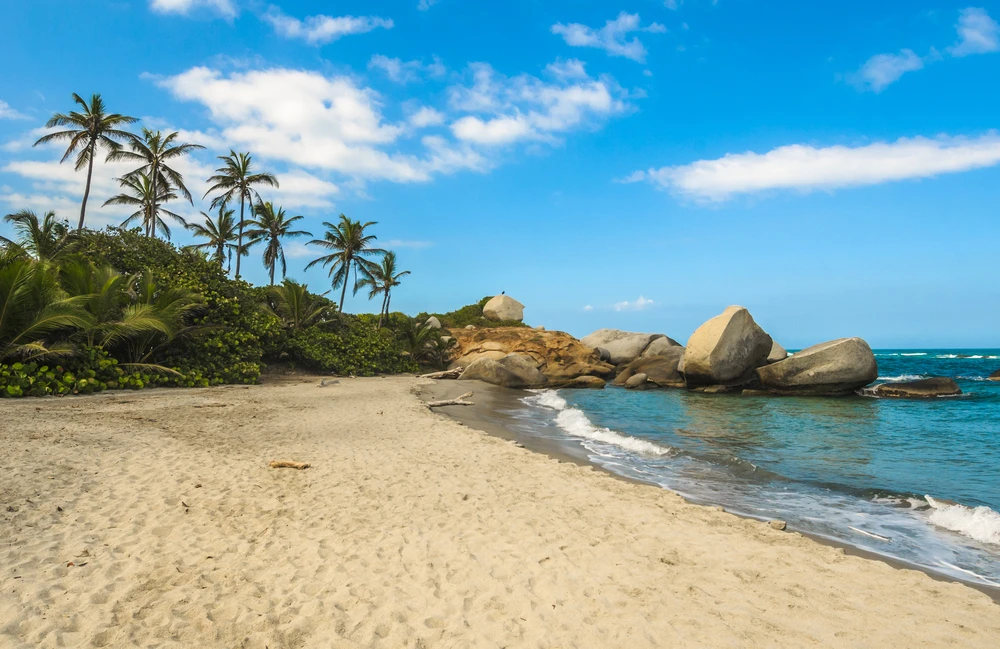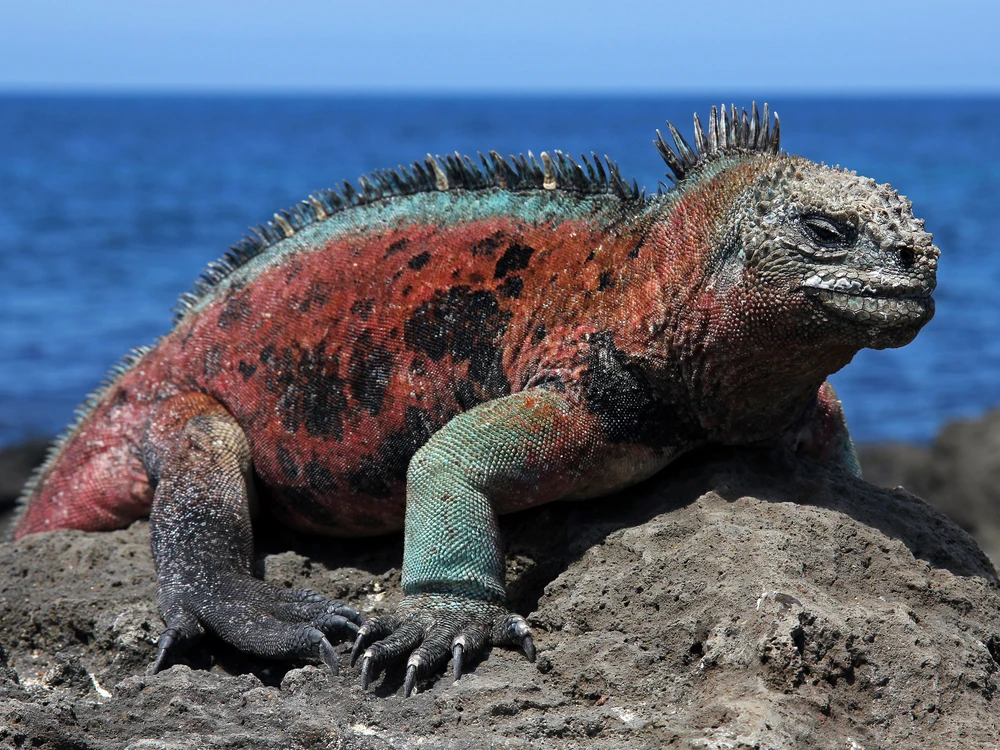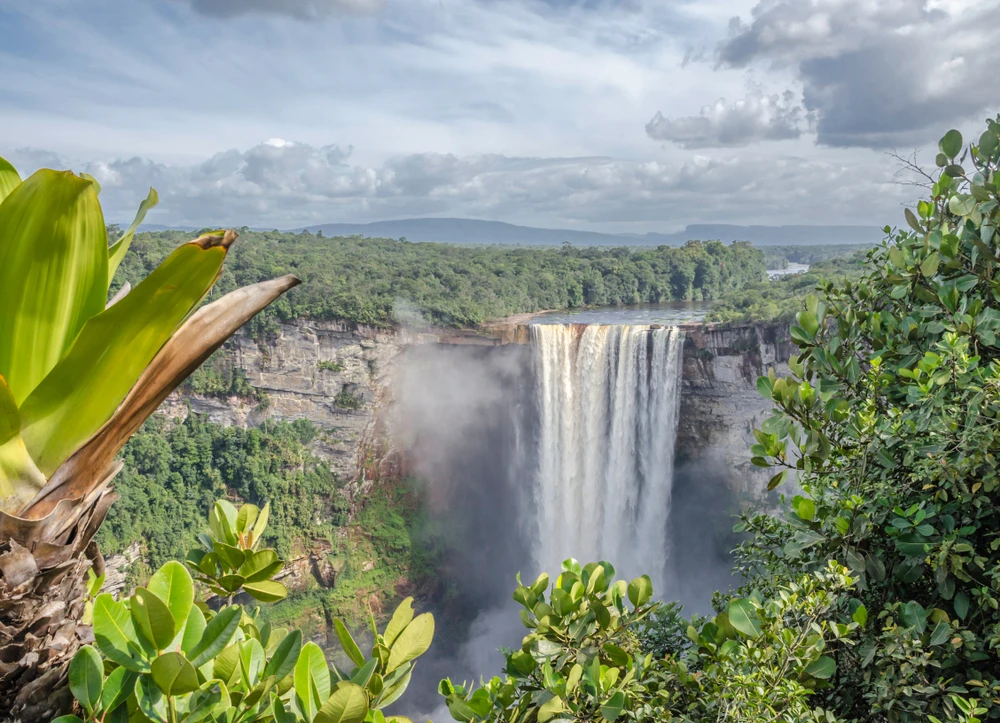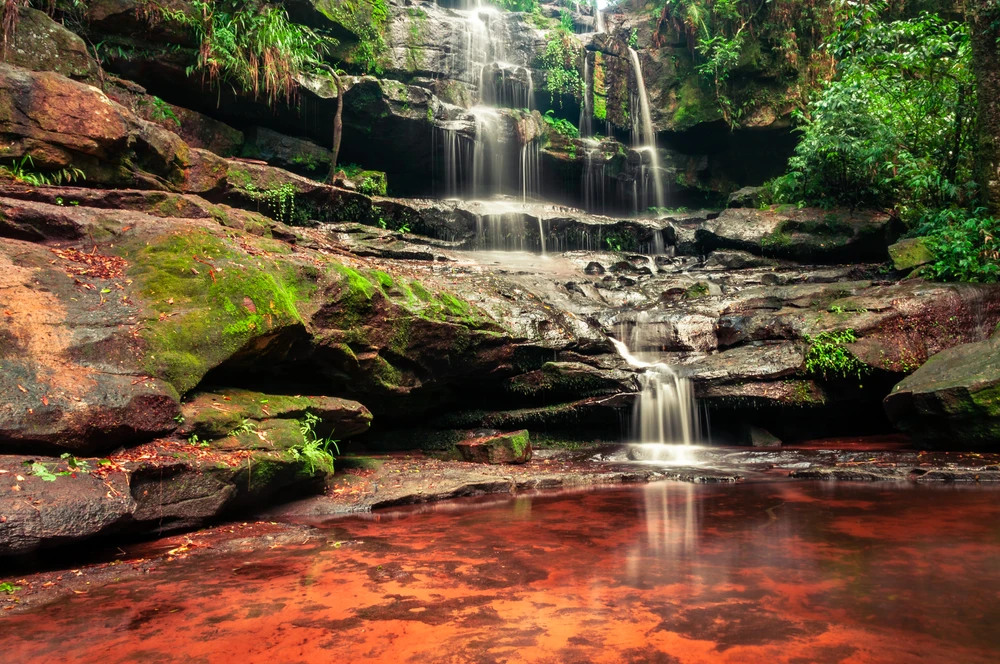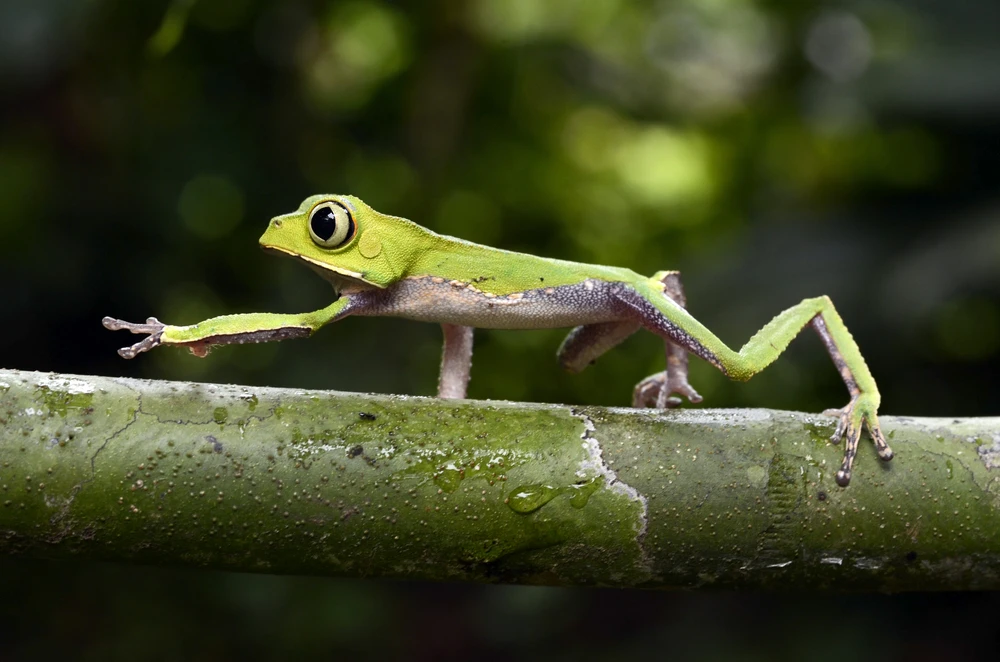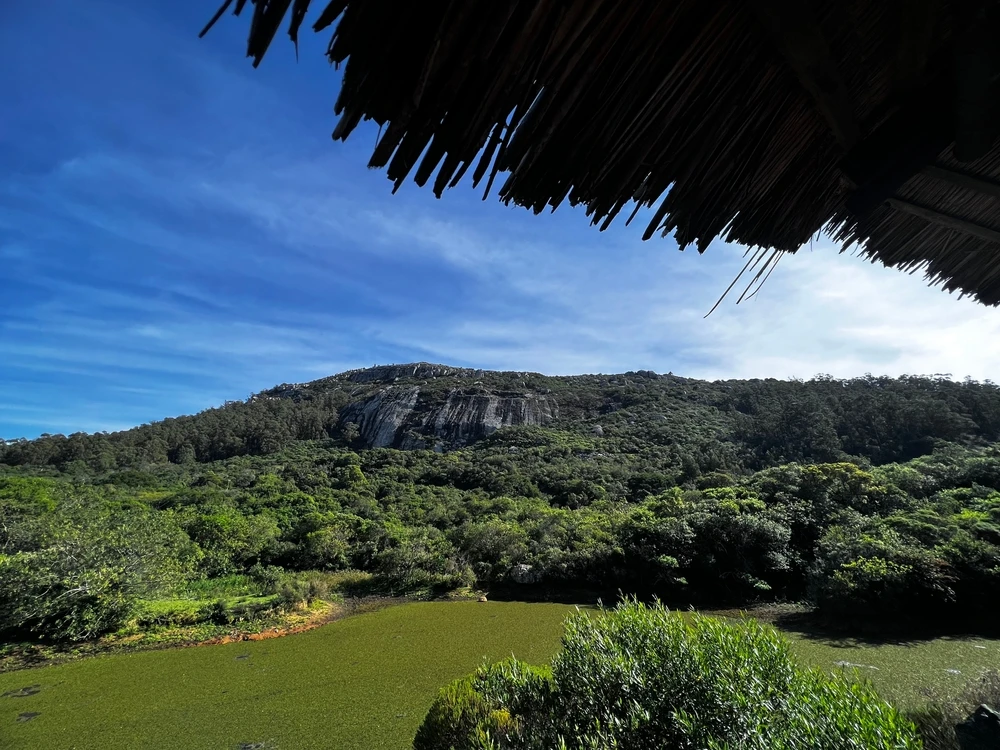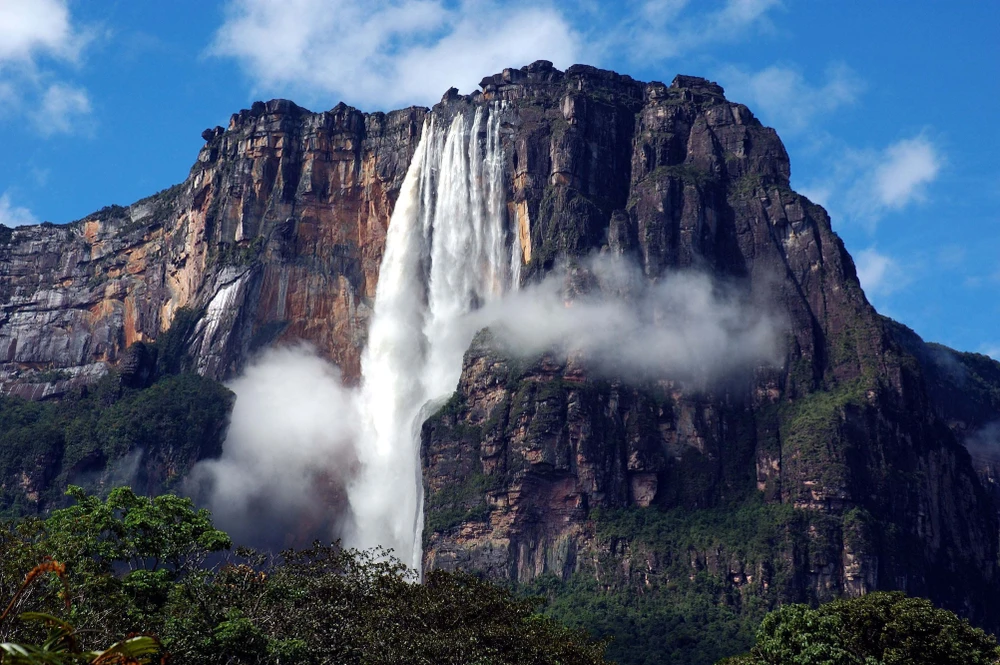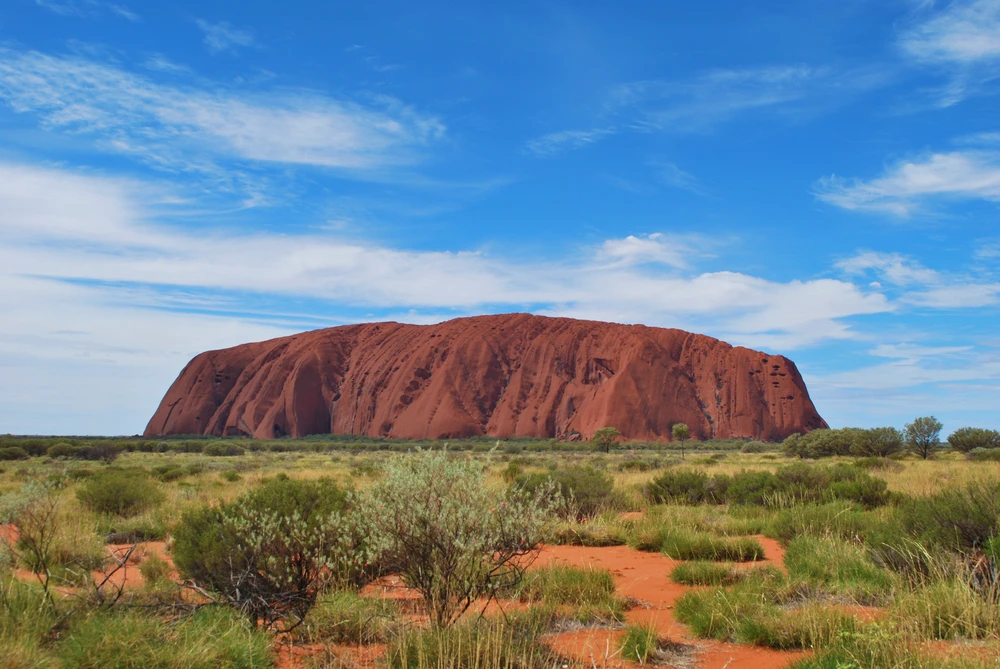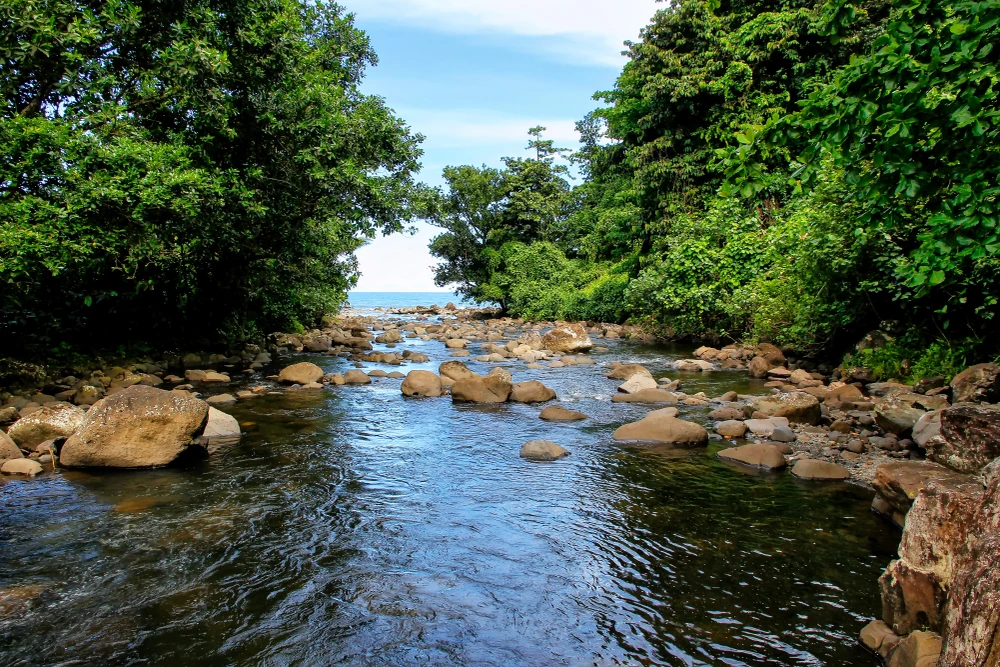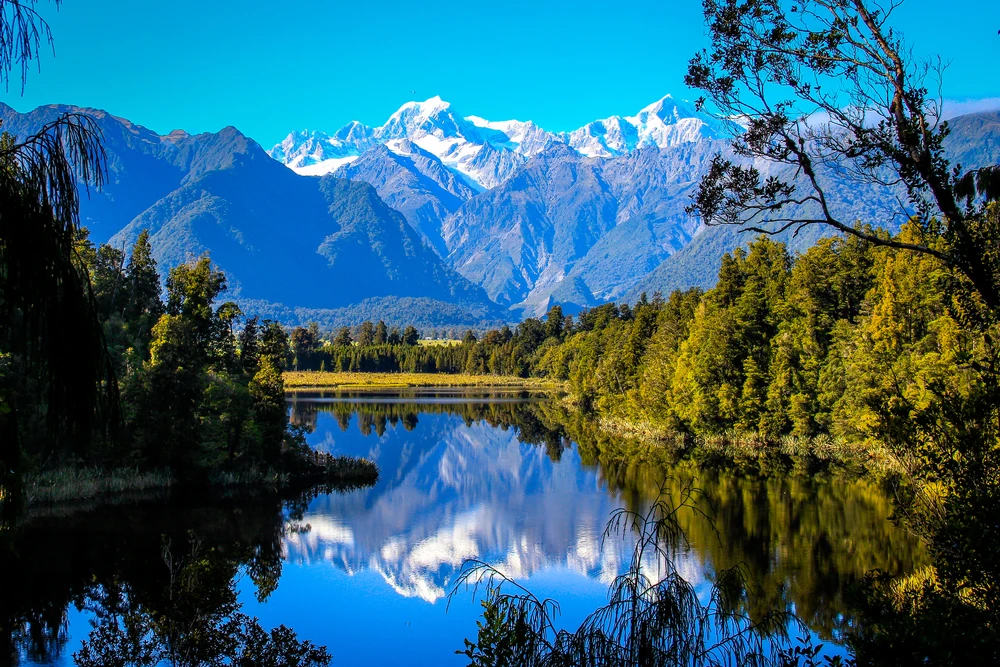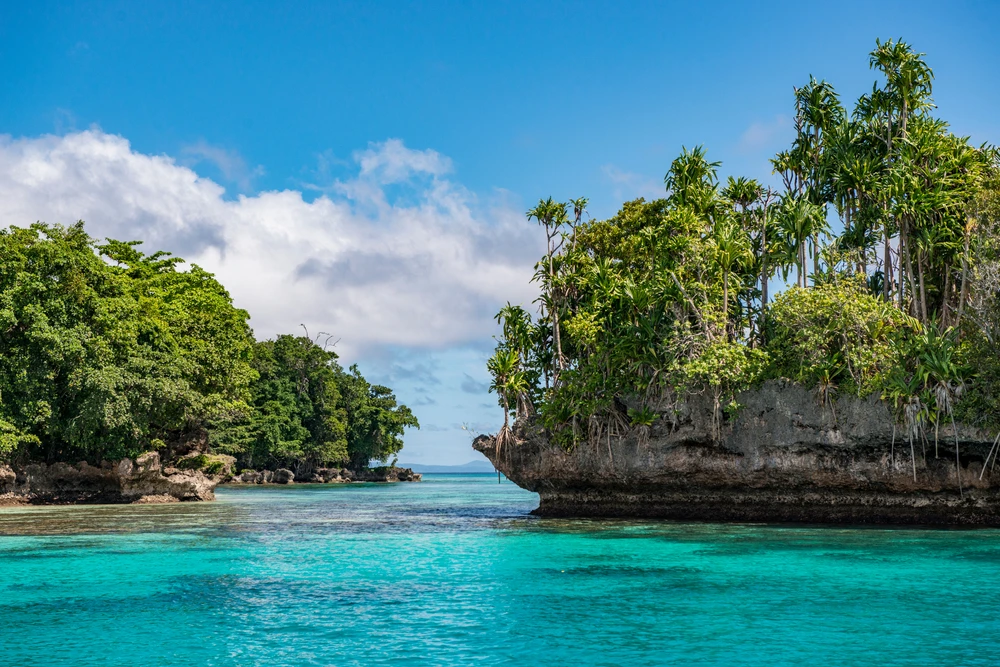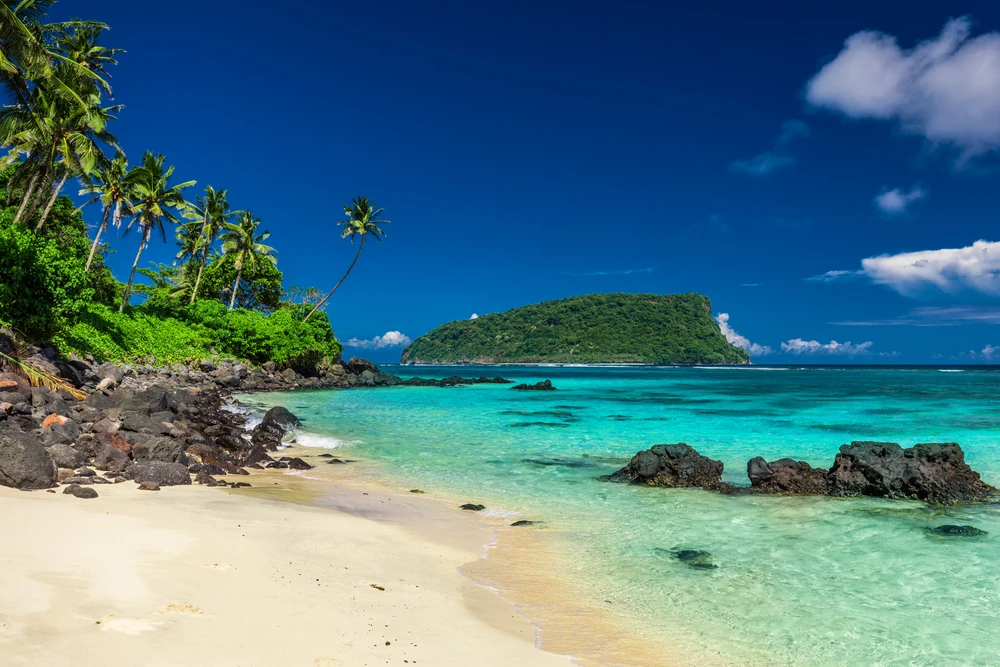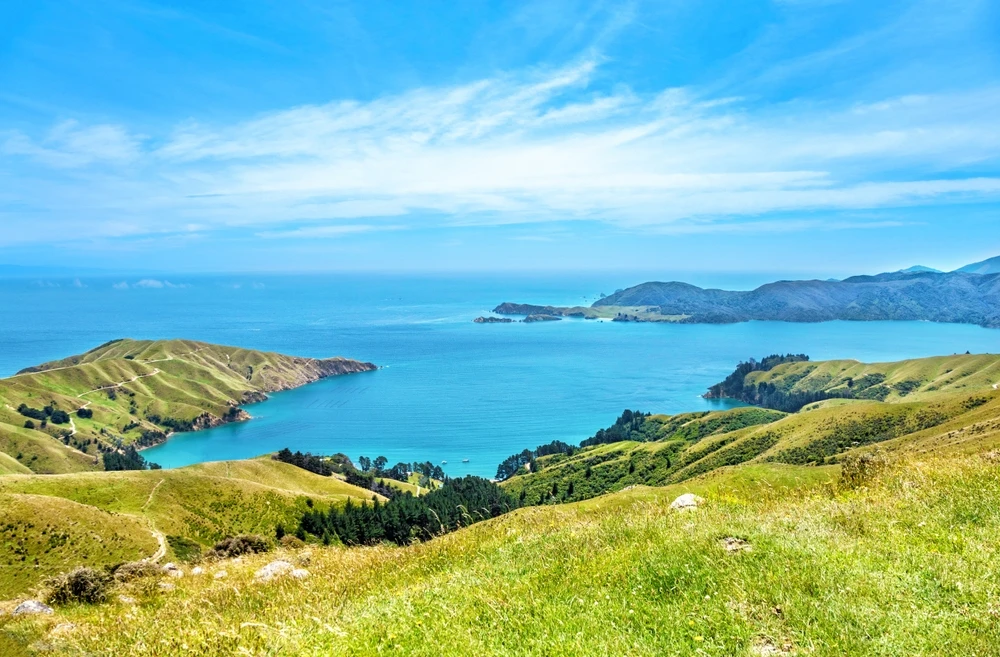Cambodia has one national park, which is the Preah Monivong (Bokor) National Park. However, the country may have established additional national parks since then. Please verify with up-to-date sources for the latest information on national parks in Cambodia.
About Cambodia National Parks
Cambodia is home to a captivating array of national parks, showcasing its rich biodiversity, cultural heritage, and natural beauty. The country boasts seven officially recognized national parks, each offering unique landscapes, ecosystems, and opportunities for adventure. Cambodia’s parks range from dense tropical rainforests to picturesque coastal areas, underscoring the country’s ecological diversity. These protected areas serve as havens for endangered species, many of which are found only in Southeast Asia, and provide visitors with a glimpse into the remarkable natural world of this fascinating region.
Among Cambodia’s national parks, Preah Monivong Bokor National Park stands out as one of the most popular destinations. Located in the southwest, Bokor features a blend of historical and natural attractions, including mist-shrouded hills, a historic French colonial hill station, and panoramic views of the Gulf of Thailand. Its cooler climate, rare wildlife such as Asian elephants and clouded leopards, and hiking trails make it a favorite for both nature enthusiasts and history buffs.
Another highlight is Kep National Park, situated along the country’s southern coastline. This park is known for its accessible walking trails, offering stunning views of the ocean and nearby islands. Kep provides a serene escape with opportunities to observe native wildlife, such as langurs and various bird species, while also enjoying the tranquility of the coastal forest.
Ream National Park, located near Sihanoukville, combines mangrove forests, sandy beaches, and coral reefs, creating a haven for marine life. Visitors can enjoy boat tours, snorkeling, and birdwatching, all while taking in the lush scenery. The park is home to a variety of species, including the critically endangered Irrawaddy dolphin, making it a significant site for conservation efforts.
Despite its natural beauty, Cambodia’s national parks face significant conservation challenges, including deforestation, poaching, and habitat loss. Illegal logging and land encroachment have threatened the delicate ecosystems within these parks, putting wildlife and natural resources at risk. However, there have also been notable conservation successes. Collaborative efforts between the Cambodian government, local communities, and international organizations have led to reforestation initiatives, anti-poaching patrols, and increased awareness of the importance of preserving these vital areas.
Cambodia’s national parks not only offer a glimpse into its ecological and cultural wealth but also represent a growing commitment to sustainable tourism and conservation. By visiting these protected areas, travelers contribute to the ongoing efforts to safeguard the country’s natural heritage for generations to come.
Below is an Alphabetical List of National Parks in Cambodia
Cambodia National Parks
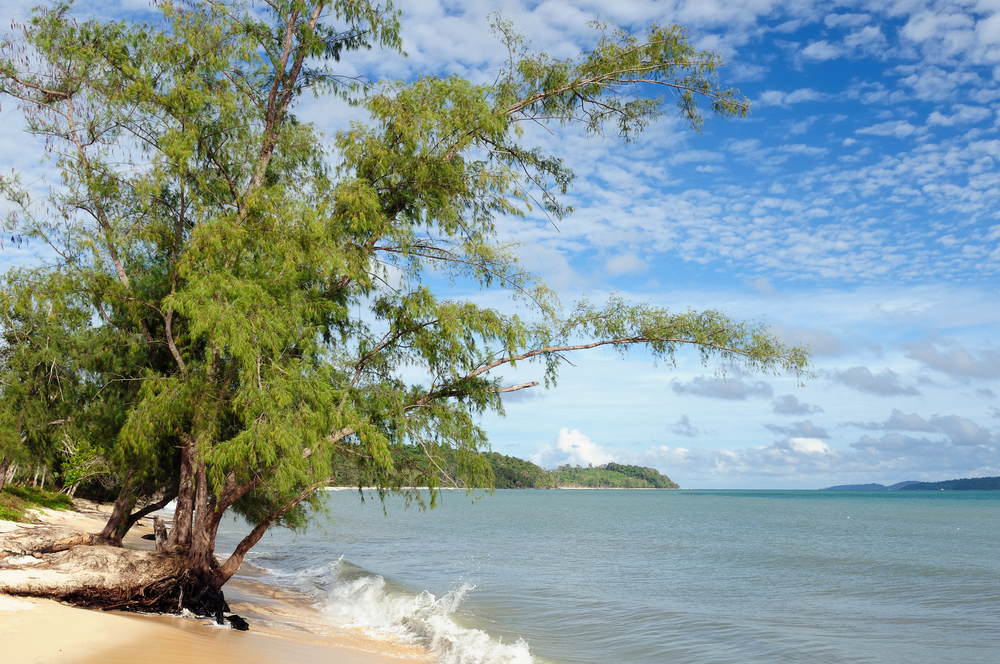
Botum Sakor National Park
Explore Now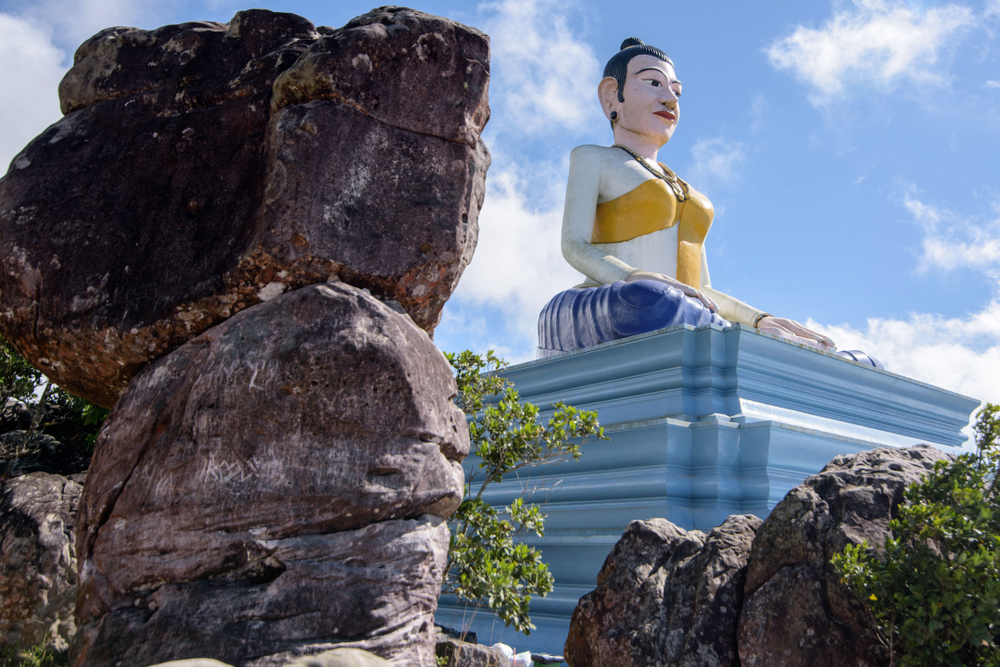
Kep National Park
Explore Now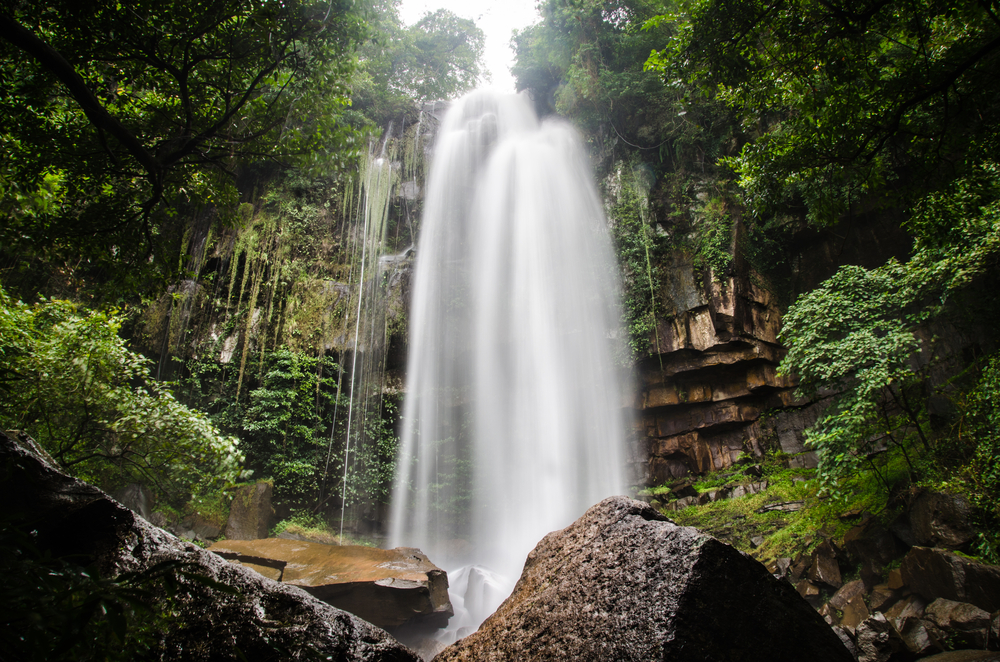
Kirirom National Park
Explore Now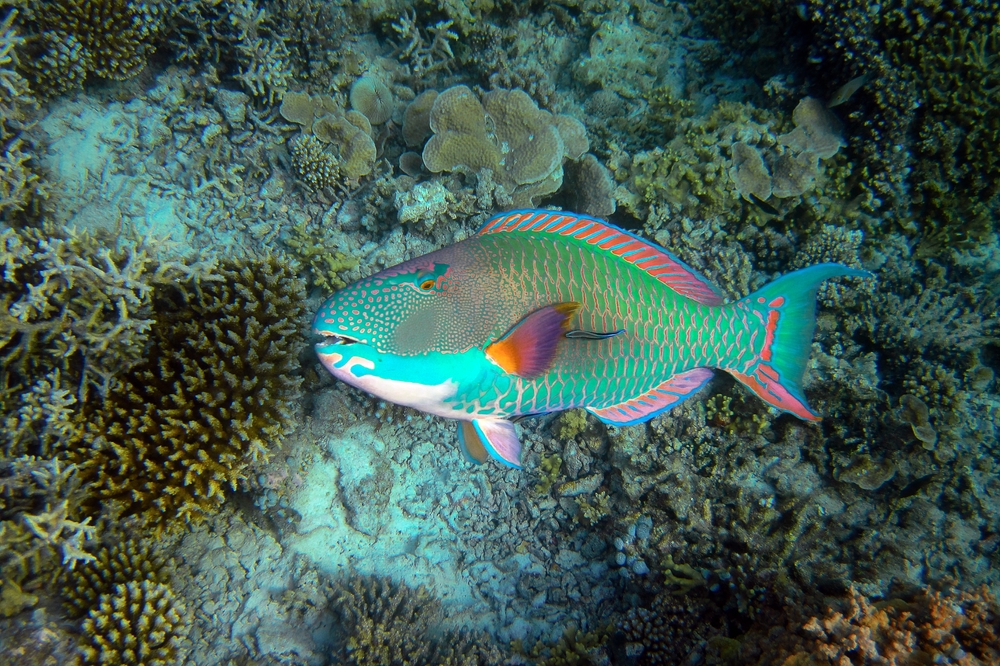
Koh Rong Marine National Park
Explore Now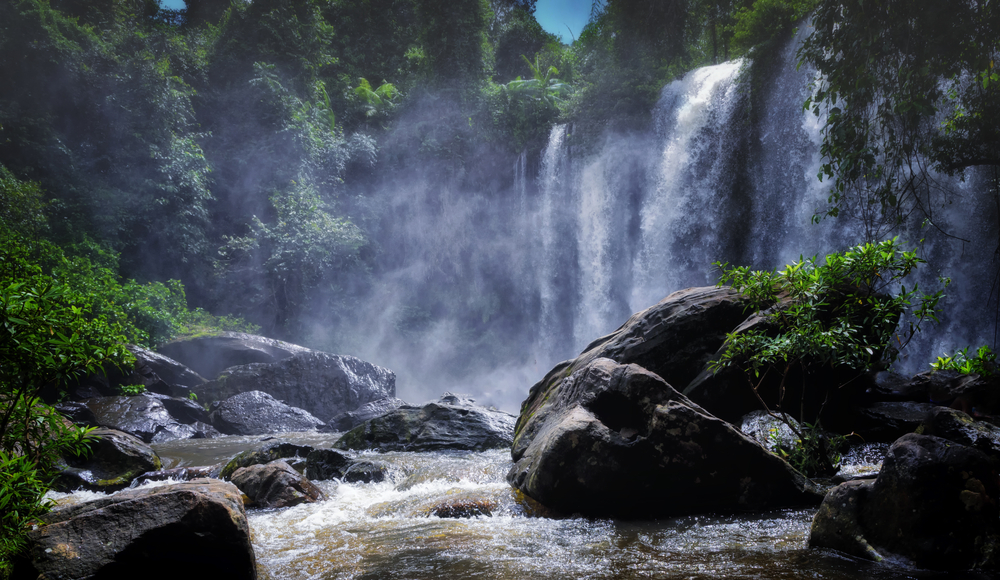
Phnom Kulen National Parks
Explore Now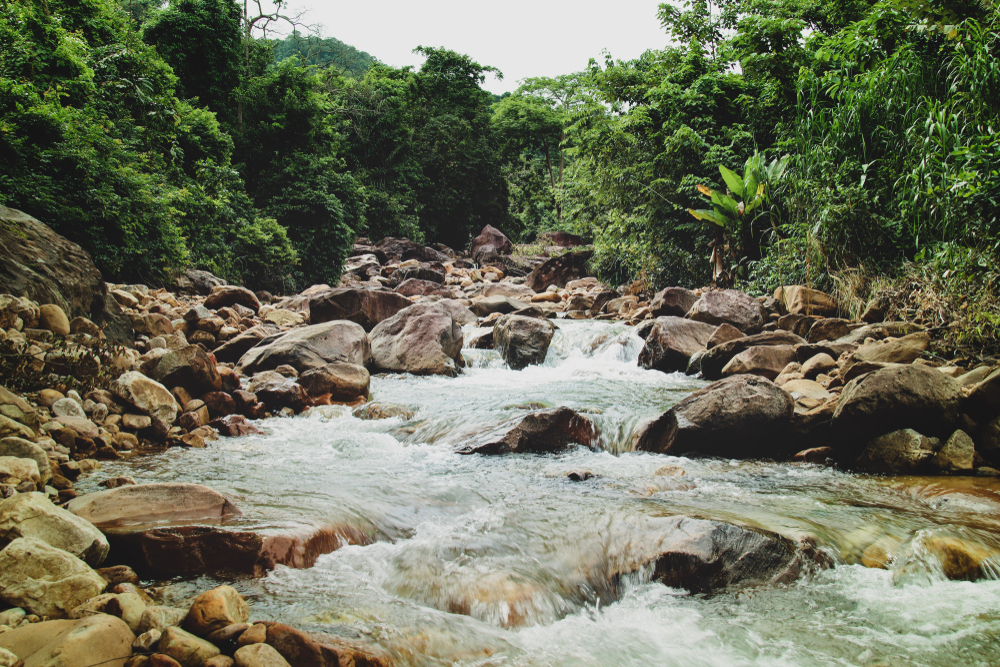
Preah Monivong Bokor National Park
Explore Now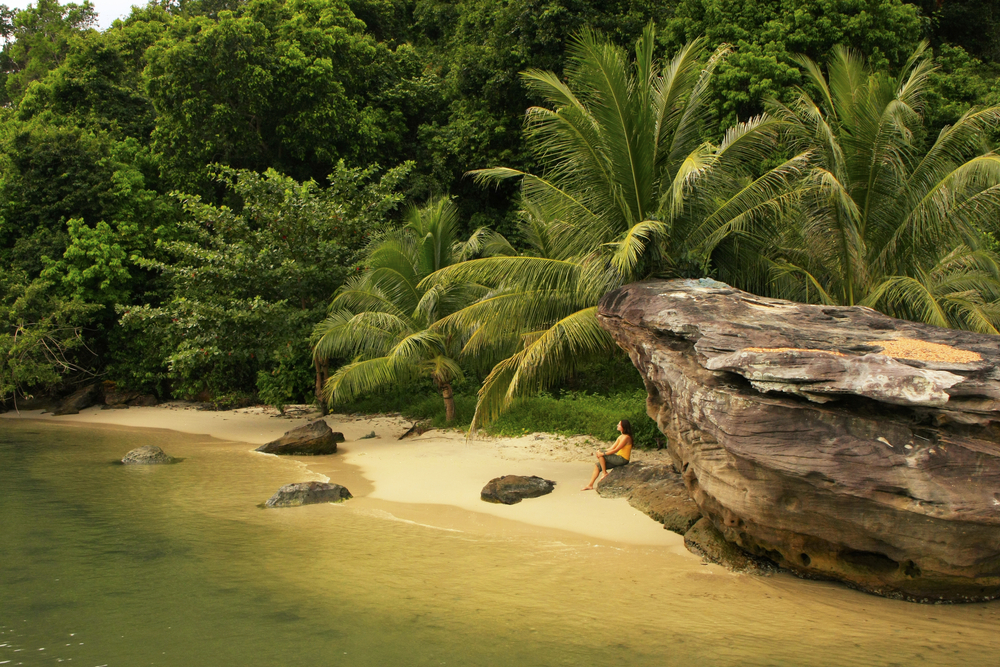
Ream National Park
Explore Now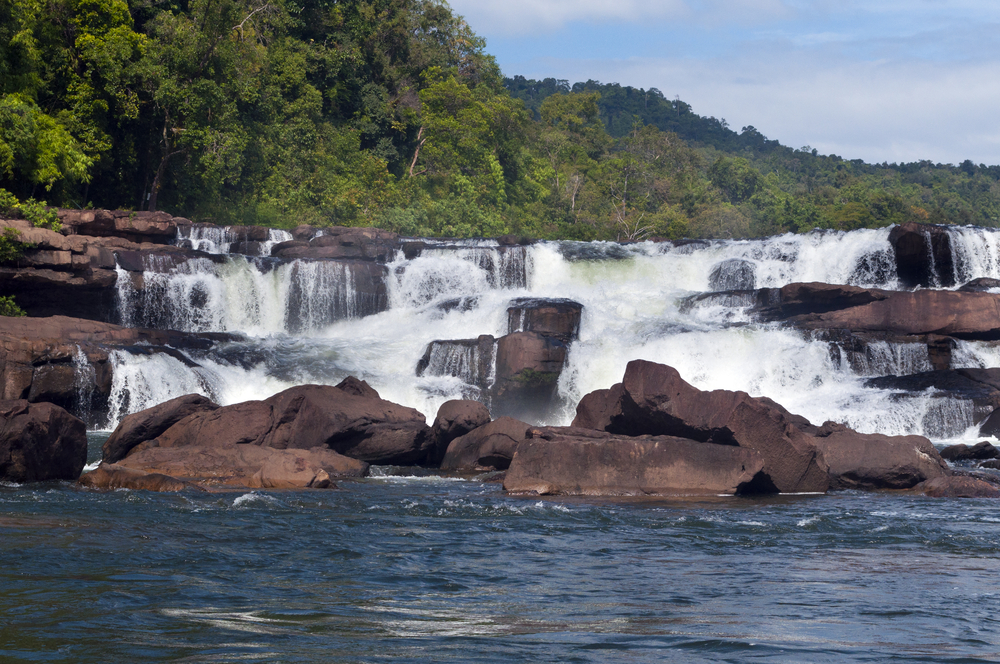
Southern Cardamom National Park
Explore Now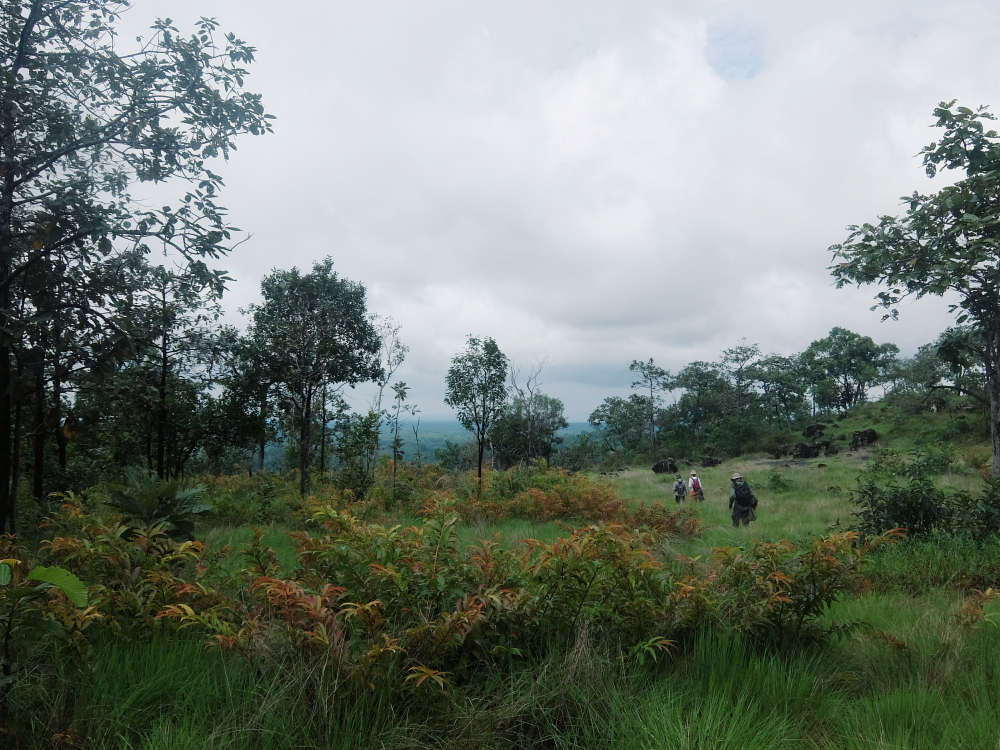
Virachey National Park
Explore NowFAQ’s
1. How many national parks are there in Cambodia?
2. What was the first national park in Cambodia?
The first national park in Cambodia is Preah Monivong Bokor National Park, established in 1993. Located in the southern part of the country, near Kampot, the park was created to protect its diverse ecosystems, including evergreen forests, grasslands, and wildlife. Bokor National Park is known for its historical significance, including the Bokor Hill Station, a colonial-era retreat.
3. What is the largest national park in Cambodia?
Botum Sakor National Park is the largest national park in Cambodia, covering an area of about 7,145 square miles (18,600 square kilometers).
Situated on the southwestern coast, this park is characterized by its vast tropical forests, mangroves, and coastal plains.
Botum Sakor is home to a wide range of wildlife, including elephants, sun bears, and endangered species such as the clouded leopard.
4. What is the smallest national park in Cambodia?
The smallest national park in Cambodia is Virachey National Park, which covers approximately 1,275 square miles (3,300 square kilometers).
Located in the northeastern region of the country, Virachey National Park is known for its remote, rugged terrain and biodiversity, including elephants, gibbons, and a variety of bird species.
Despite being smaller than Botum Sakor, it is one of the most significant parks for conservation efforts.
5. What is the most popular national park in Cambodia?
Preah Monivong Bokor National Park is the most popular national park in Cambodia, known for its cool mountain climate and historical relics.
The park’s main attractions include the Bokor Hill Station, an abandoned French colonial hotel and casino that sits atop the mountain, offering sweeping views of the coast.
Visitors also enjoy trekking through its misty forests, exploring waterfalls, and wildlife spotting. Bokor’s combination of natural beauty, historical sites, and accessibility makes it a favorite destination for tourists and locals alike.
6. What percentage of Cambodia's land area is protected through official National Parks?
Approximately 26% of Cambodia’s land area is protected through national parks, wildlife sanctuaries, and protected areas, covering around 67,000 square miles (173,530 square kilometers). These protected areas are crucial for preserving Cambodia’s rich biodiversity, particularly its forests, wetlands, and coastal ecosystems.
7. What other protected areas are there in Cambodia?
In addition to national parks, Cambodia has numerous wildlife sanctuaries and conservation areas. The Cardamom Mountains Protected Forest, located in the southwestern region, is one of the largest rainforests in Southeast Asia and a key conservation area for endangered species like the clouded leopard and Asian elephant.
Tonle Sap Biosphere Reserve, centered around Southeast Asia’s largest freshwater lake, plays a vital role in preserving wetlands and bird species, such as the greater adjutant and the painted stork.
Cambodia also has marine conservation areas like the Koh Rong Marine National Park, which protects coral reefs and marine species around Cambodia’s coastal islands.
8. What nature attractions does Cambodia have apart from National Parks?
Beyond its national parks, Cambodia offers a range of other natural attractions. Tonle Sap Lake, one of the world’s most productive ecosystems, is a key destination for exploring floating villages and observing migratory bird species.
The Mekong River, which runs through Cambodia, offers opportunities for dolphin-watching in Kratie Province, where the rare Irrawaddy dolphin can be spotted. The Kulen Mountains, near Siem Reap, are a popular destination for both cultural and nature tourism, featuring waterfalls, ancient temples, and the reclining Buddha statue.
Cambodia’s coastal areas, particularly around Sihanoukville and the nearby islands, provide visitors with beautiful beaches, snorkeling, and diving opportunities.
9. What species are endemic and unique to Cambodia alone?
While Cambodia shares much of its biodiversity with neighboring countries, some species are particularly significant in the region. The Cambodian tailorbird, discovered only recently in 2013, is endemic to the floodplains near Phnom Penh.
Cambodia is also home to unique subspecies of the Siamese crocodile, one of the rarest reptiles in the world. The forests and wetlands of Cambodia provide crucial habitat for endangered species such as the giant ibis and white-shouldered ibis, both of which are national symbols and critically endangered species.
10. What is Cambodia's main international airport?
Cambodia’s main international airport is Phnom Penh International Airport (IATA code: PNH), located in the capital city of Phnom Penh. It is the largest airport in the country, serving as the primary gateway for international flights.
11. What international airline companies fly into Cambodia?
The following international airline companies fly into Cambodia:
- AirAsia
- Bangkok Airways
- Cambodia Angkor Air (national carrier)
- Cathay Pacific
- China Southern Airlines
- Emirates
- EVA Air
- Korean Air
- Malaysia Airlines
- Qatar Airways
- Singapore Airlines
- Thai Airways
12.
Who manages the national parks of Cambodia?
The national parks in Cambodia are managed by the Ministry of Environment and the Forestry Administration, which operates under the Ministry of Agriculture, Forestry, and Fisheries. These governmental bodies are responsible for the conservation of Cambodia’s natural resources, biodiversity, and the management of protected areas.
Several international organizations, such as Wildlife Conservation Society (WCS) and Fauna & Flora International (FFI), collaborate with the Cambodian government on conservation efforts.
More information can be found on the Ministry of Environment’s official website: http://www.moe.gov.kh.

